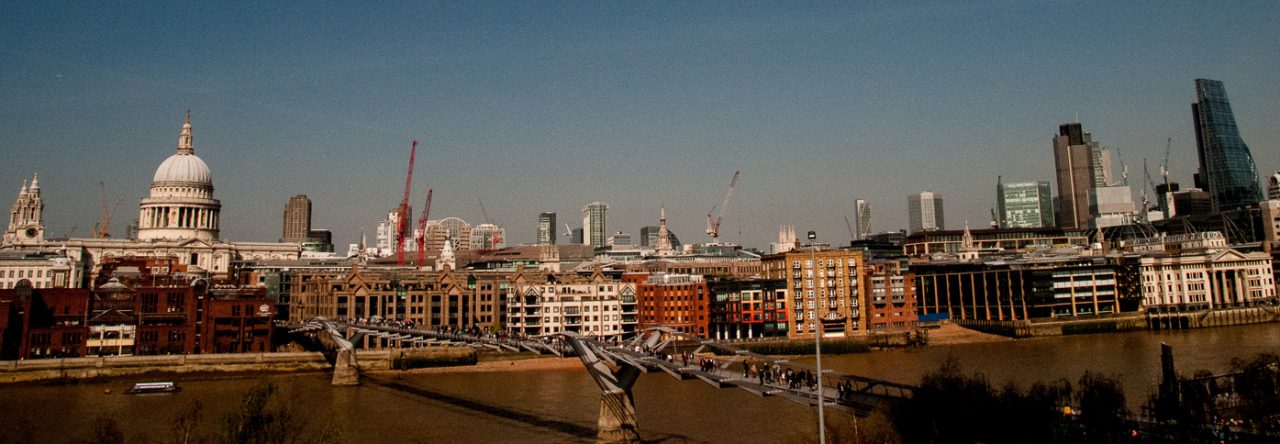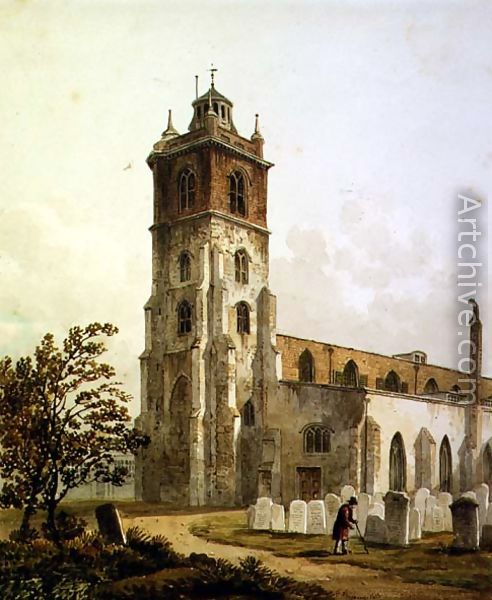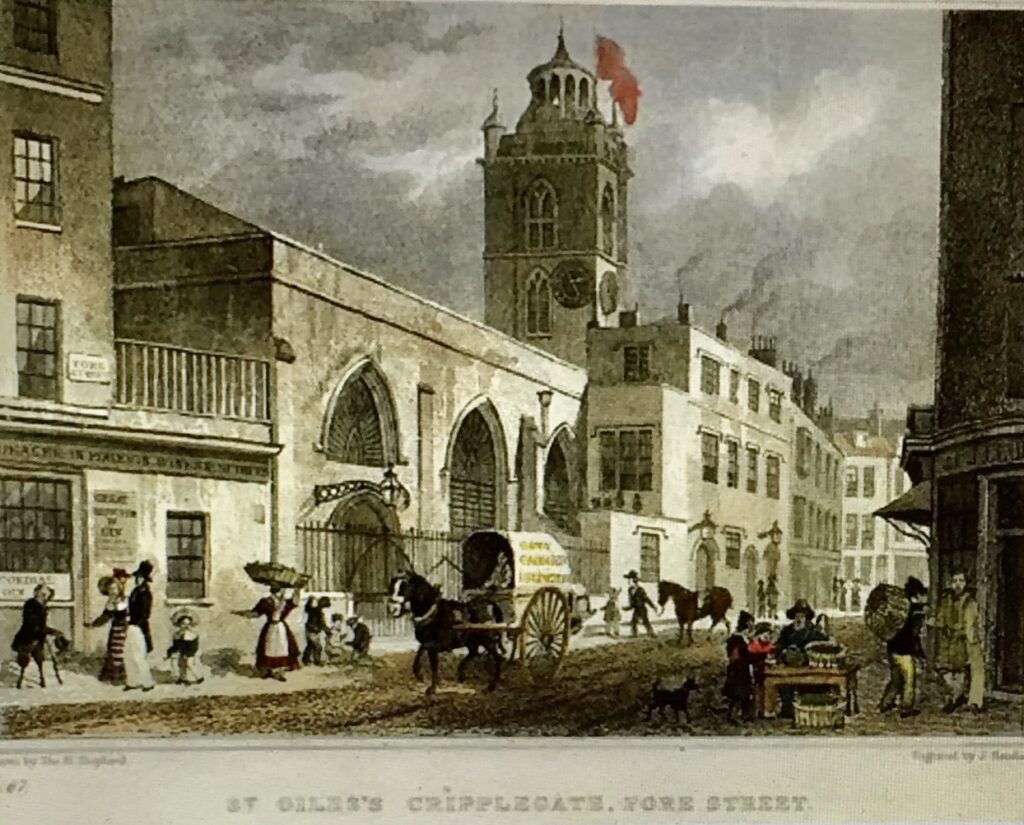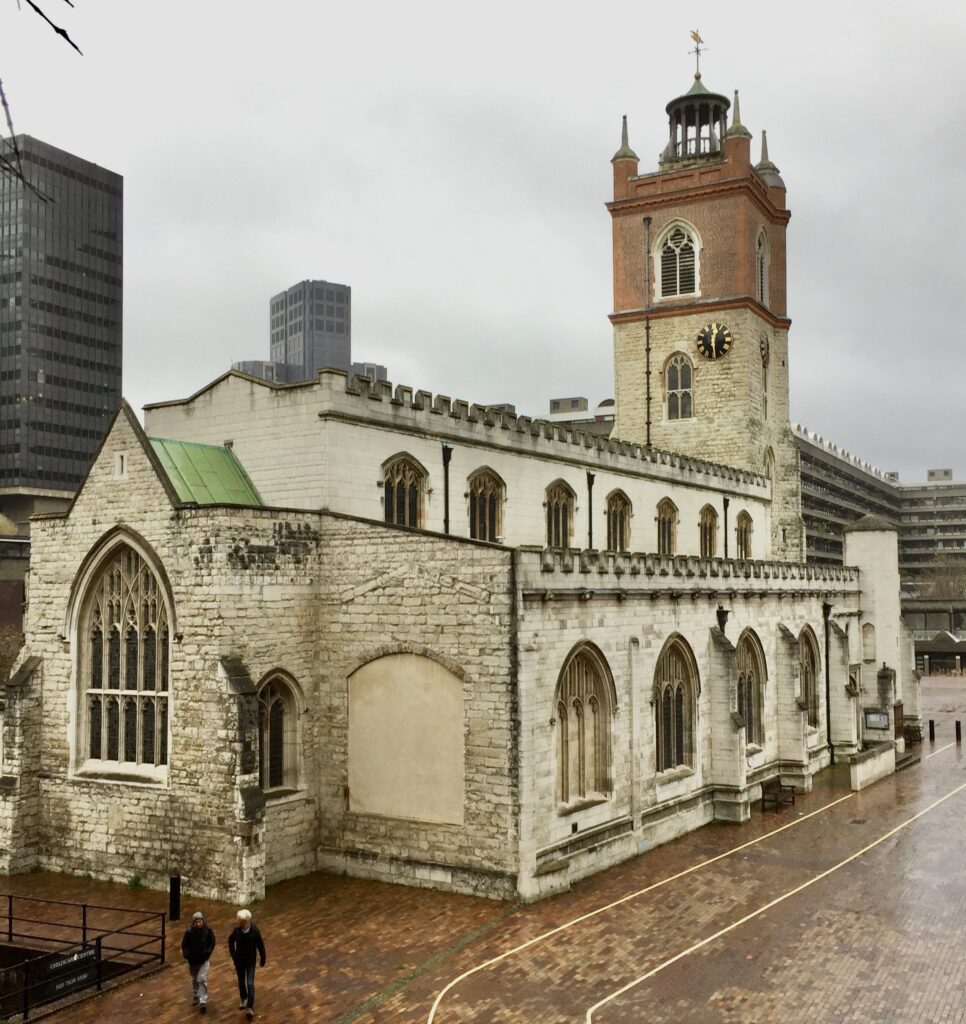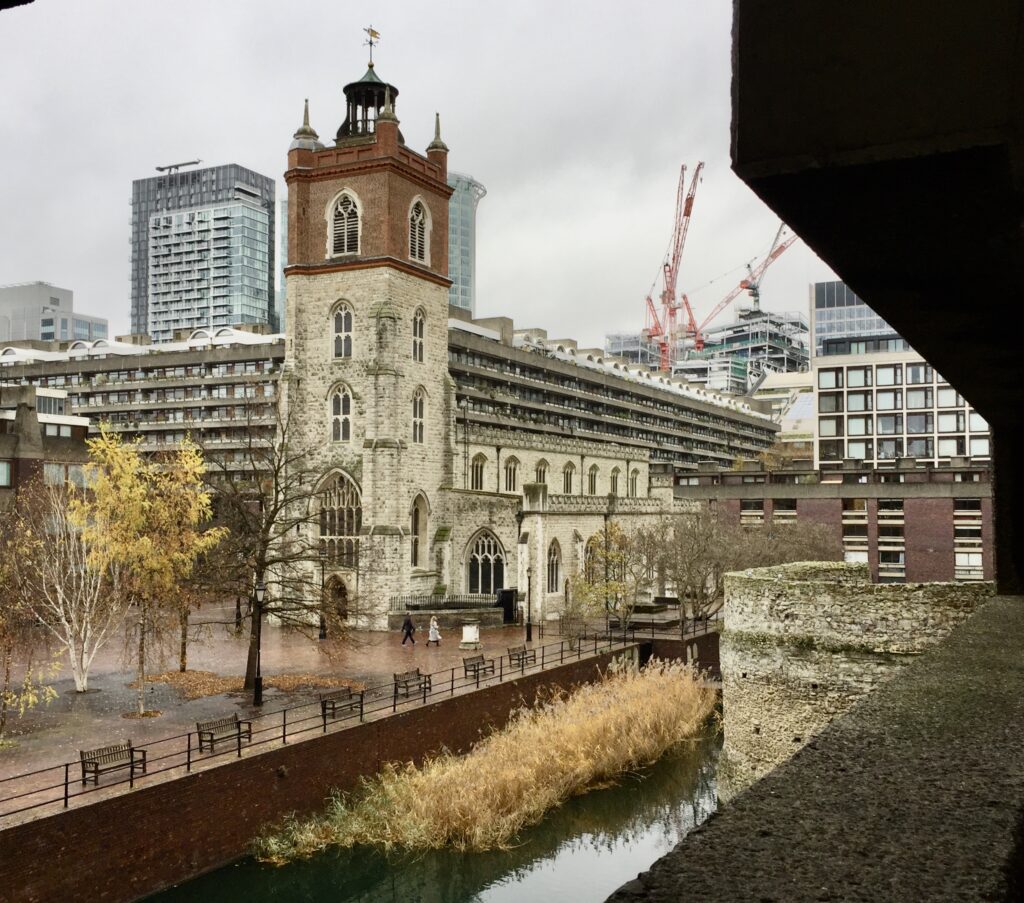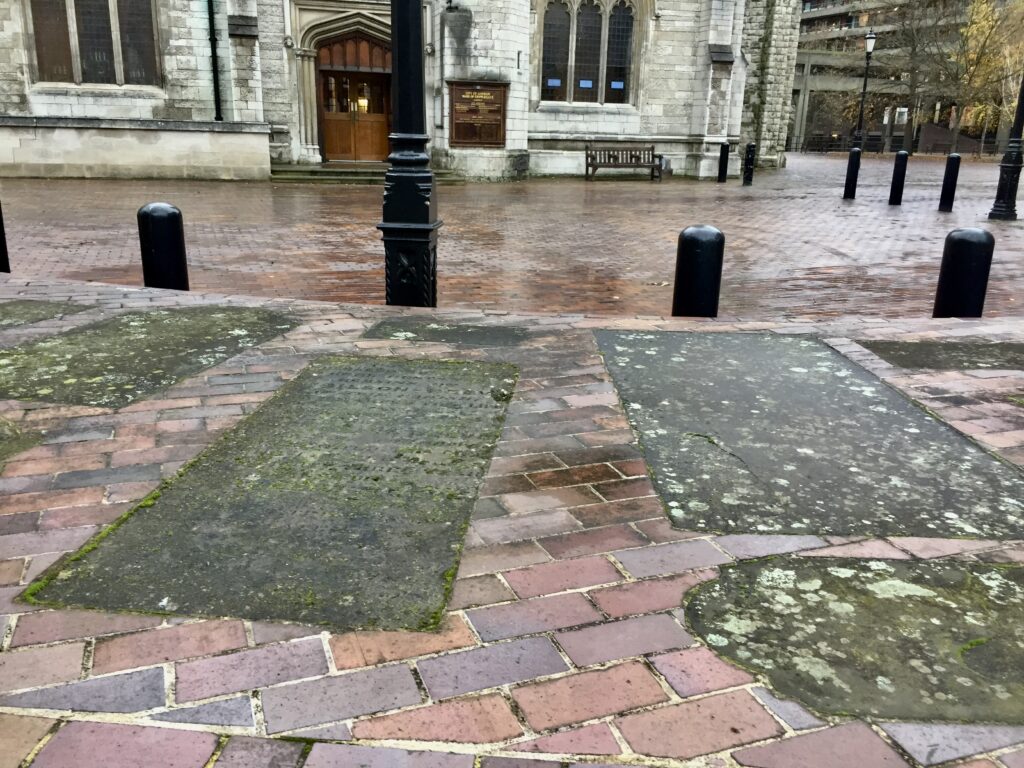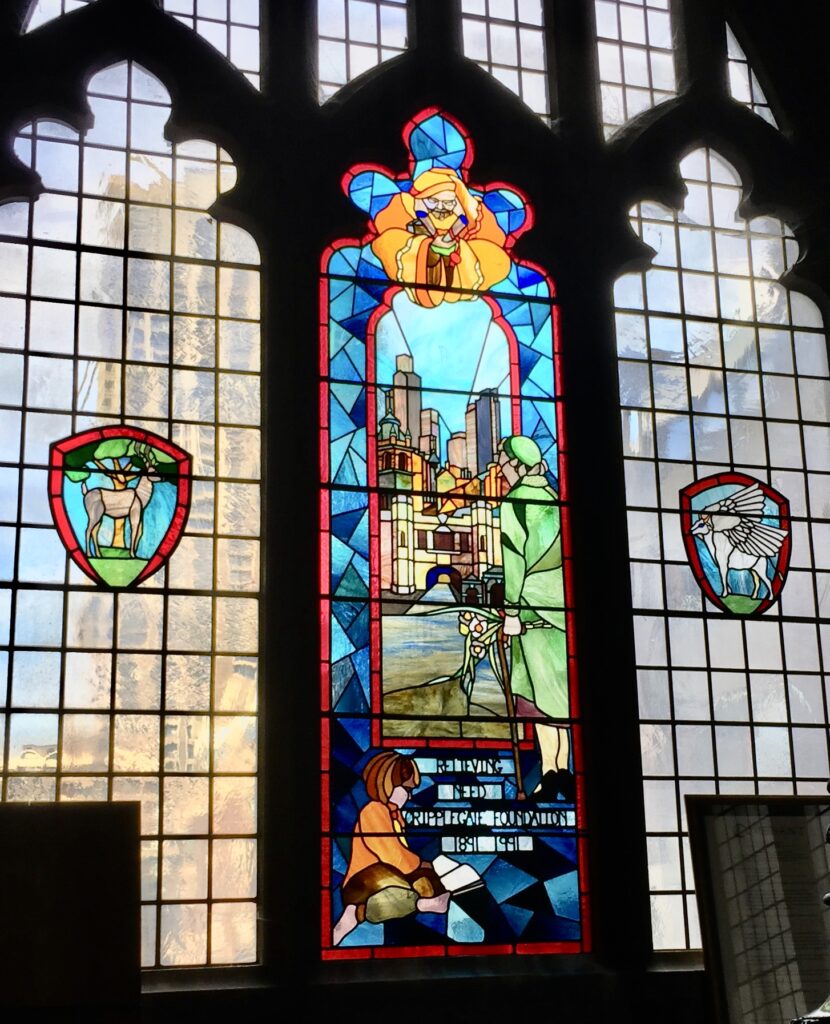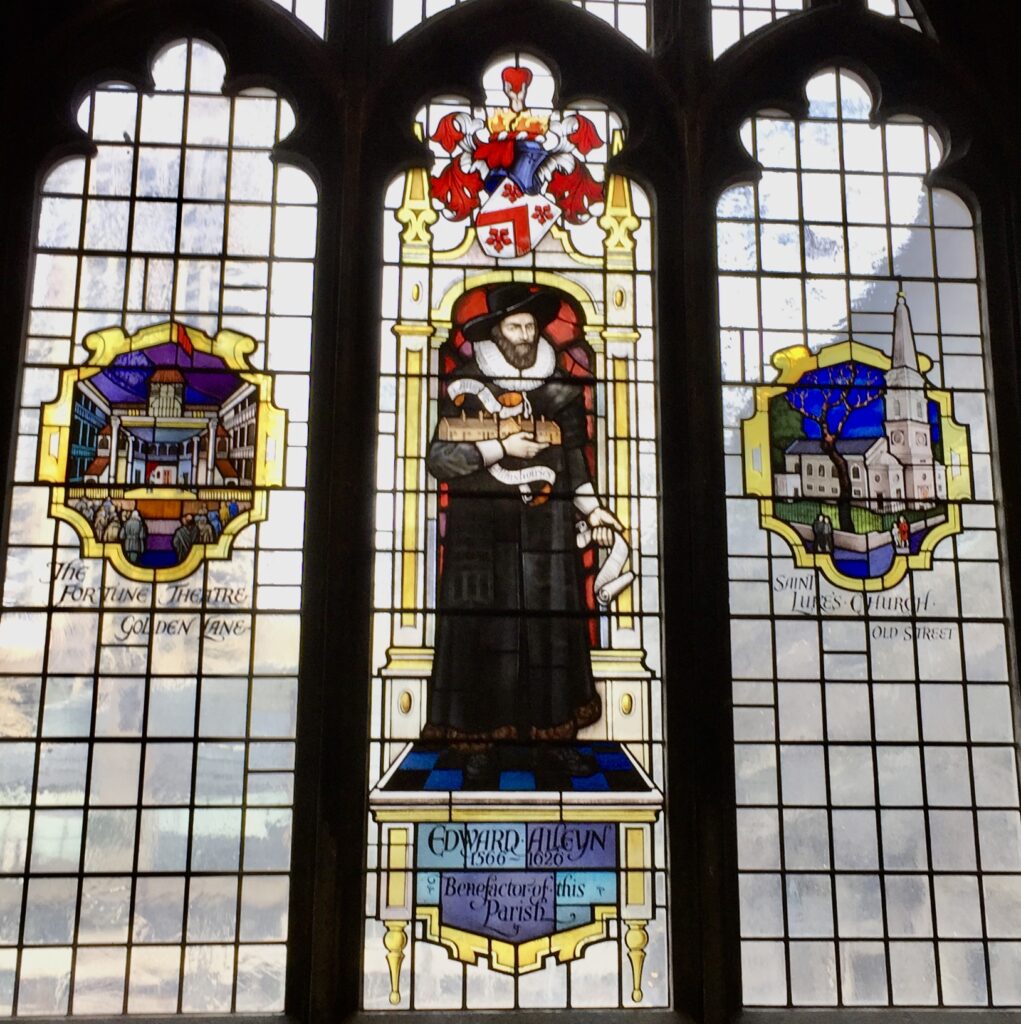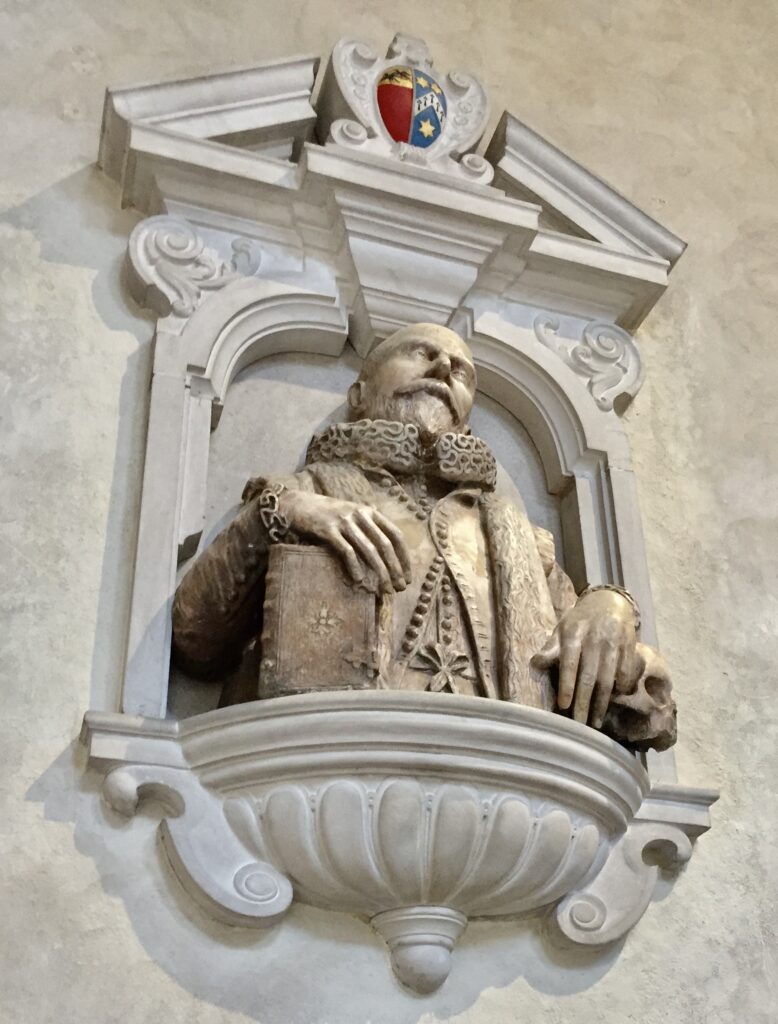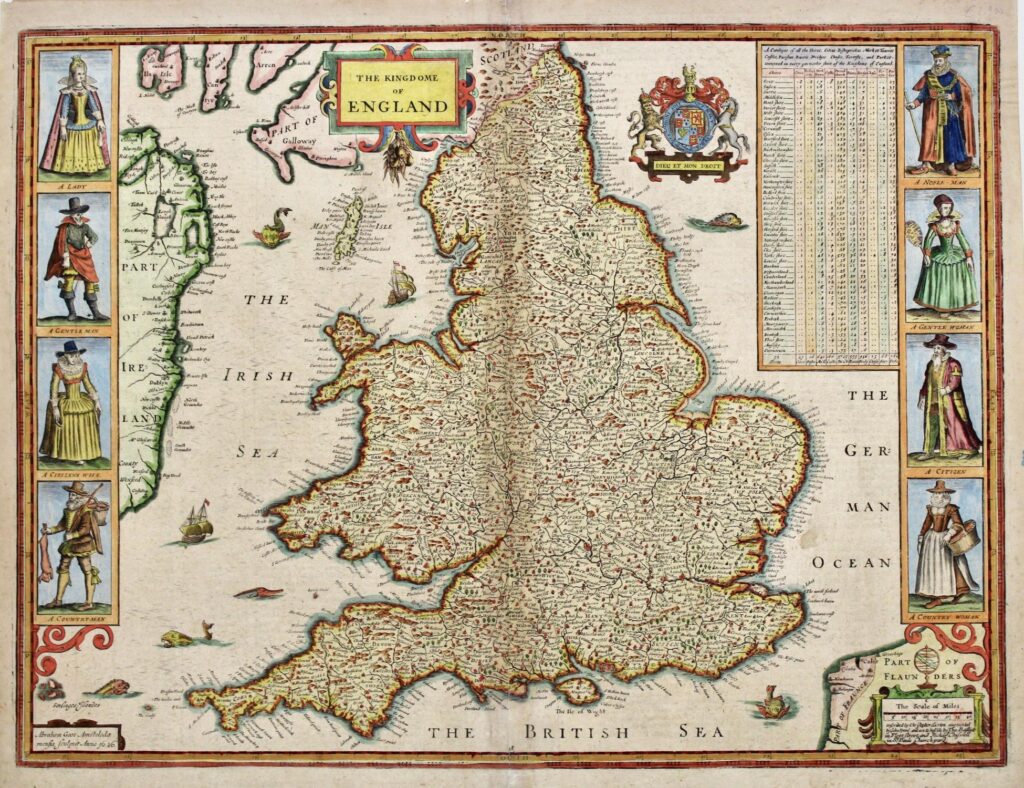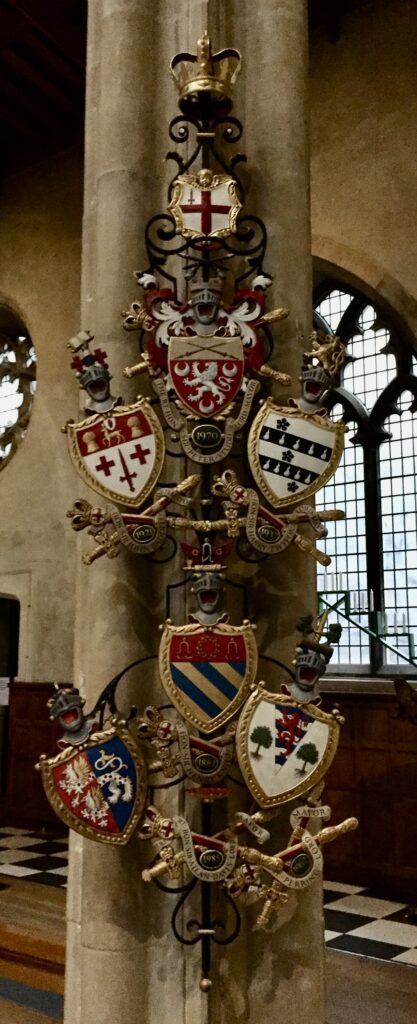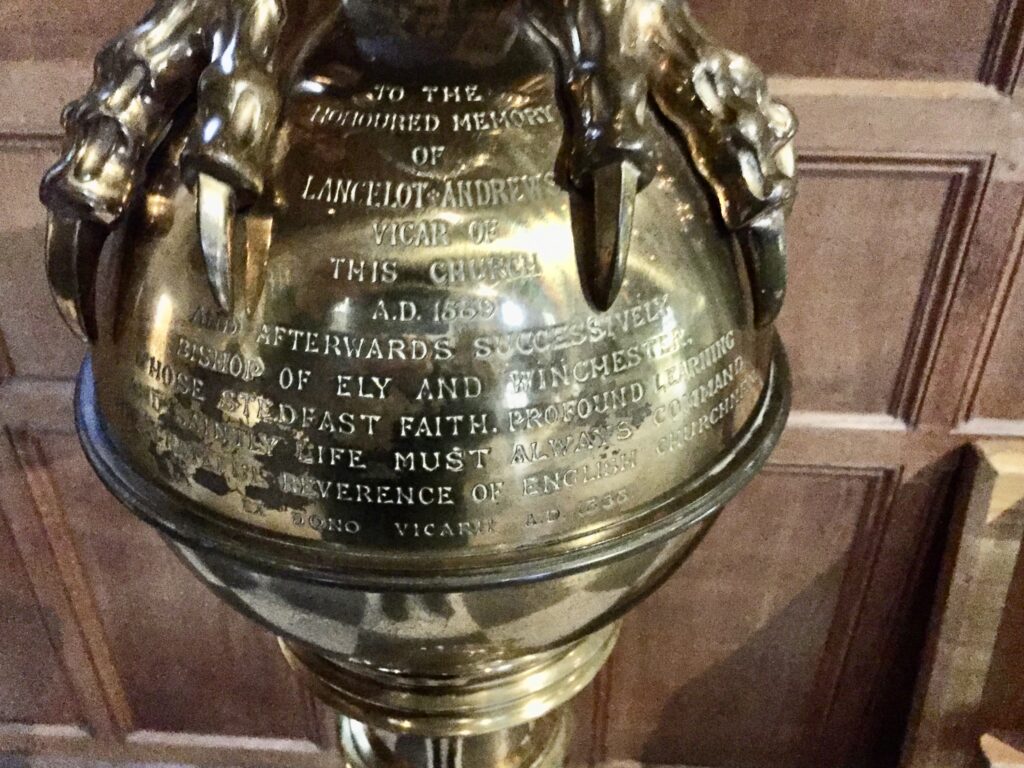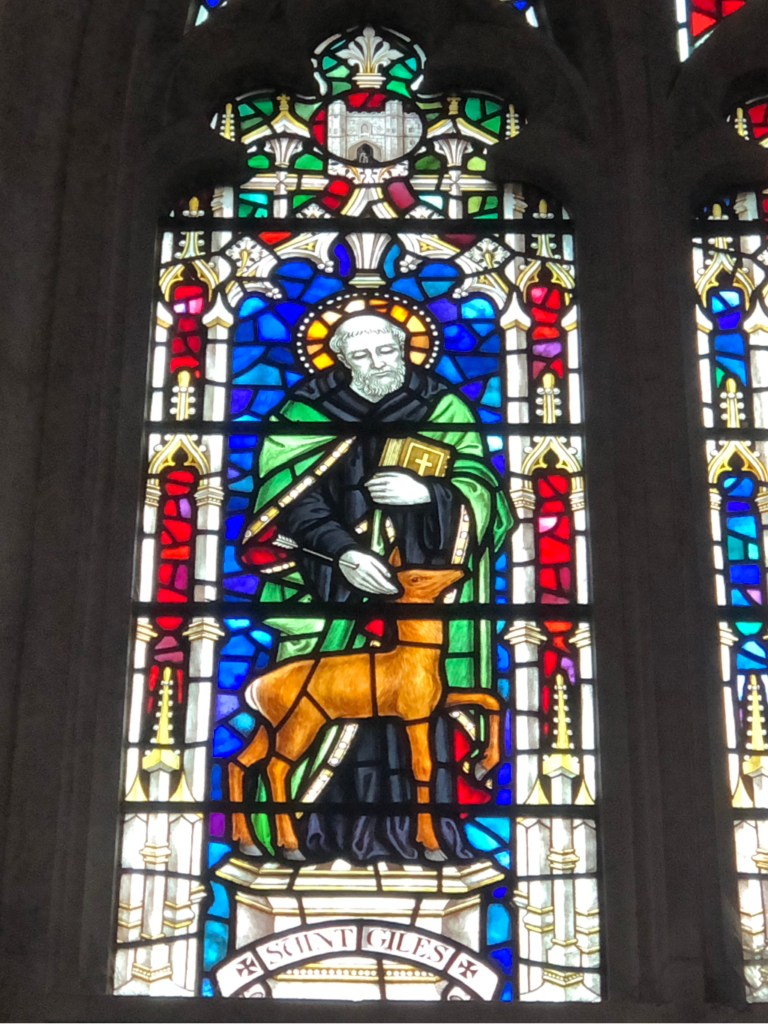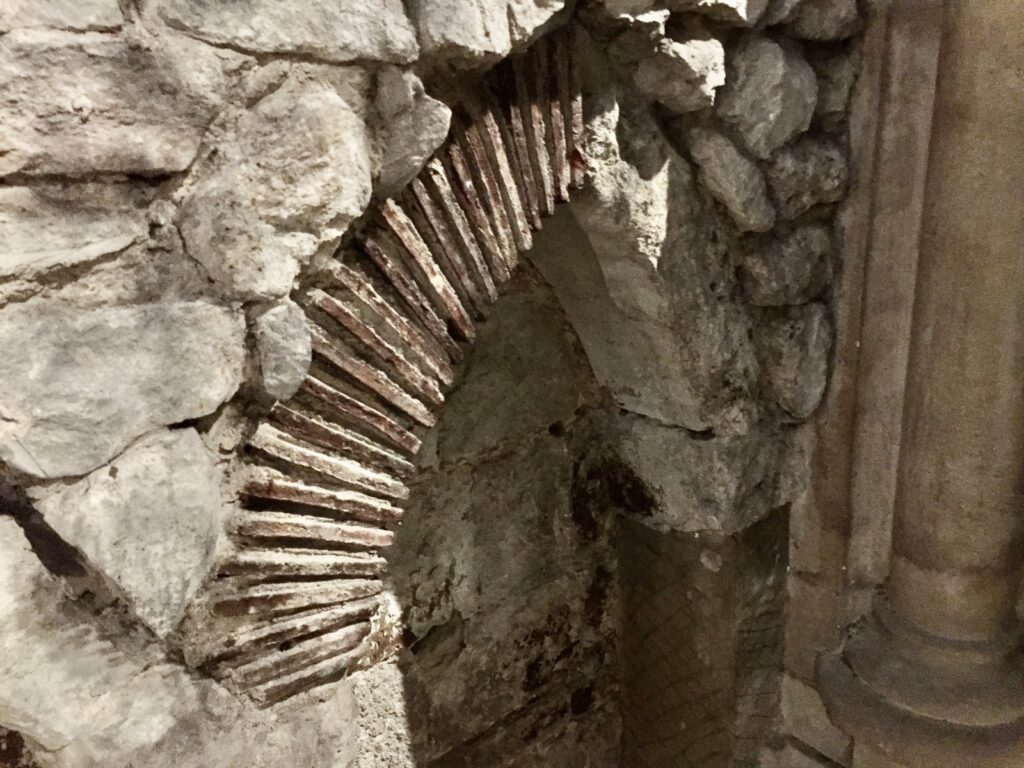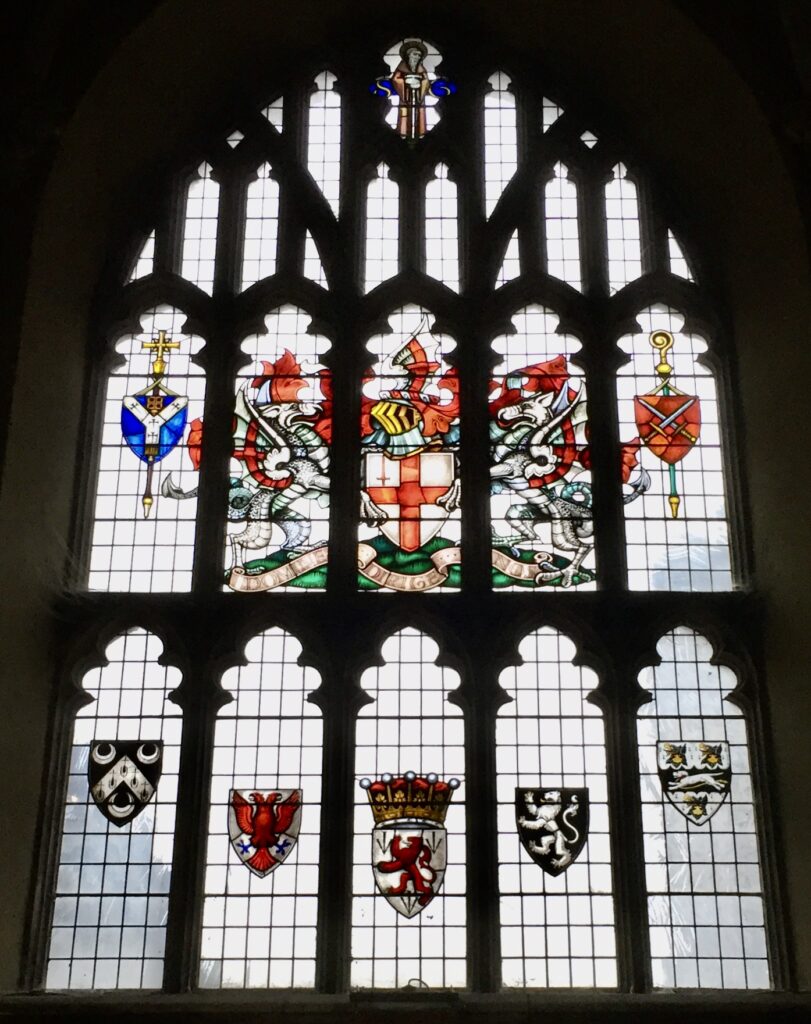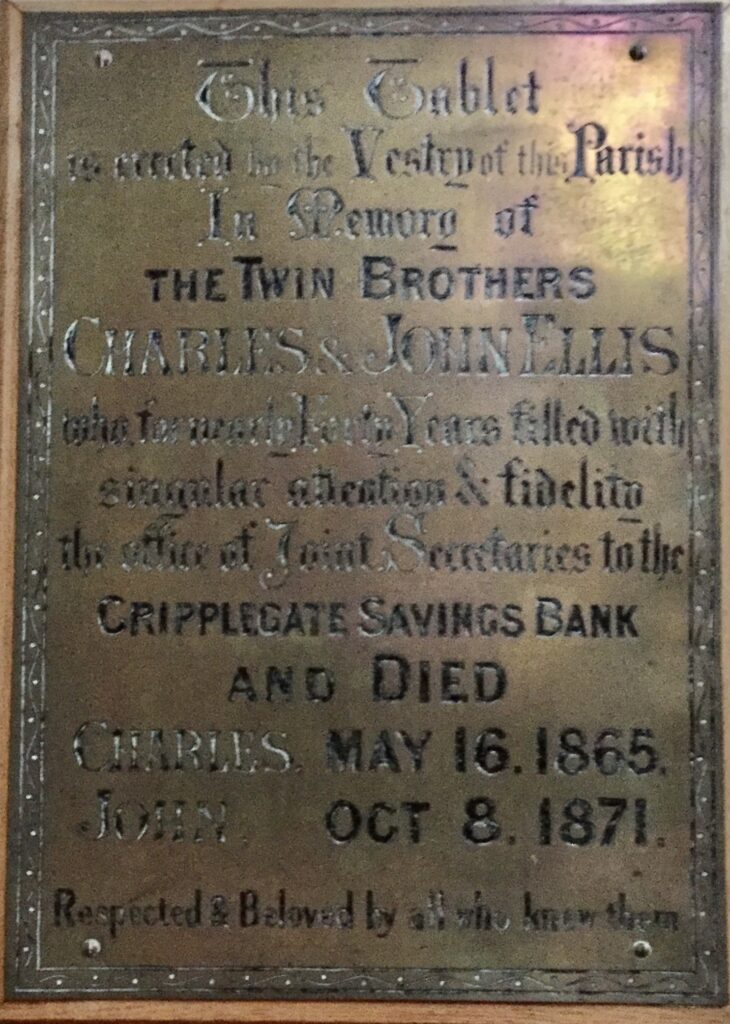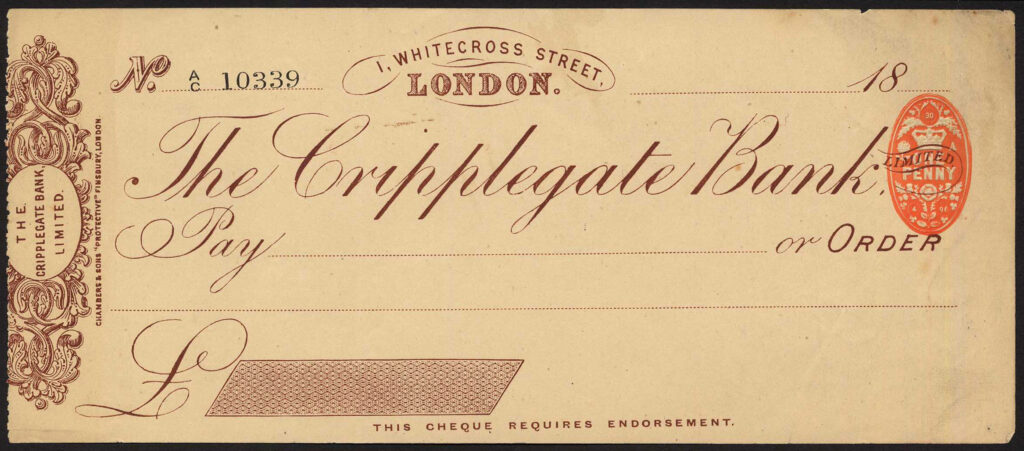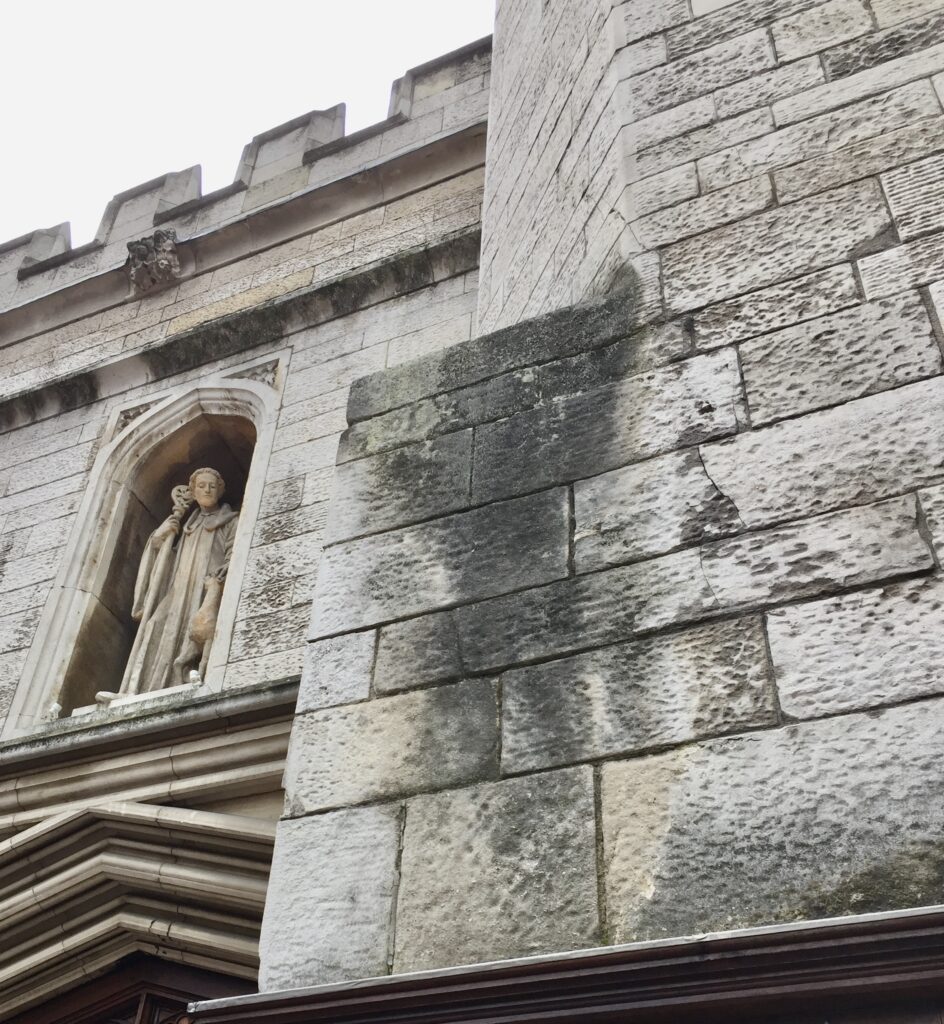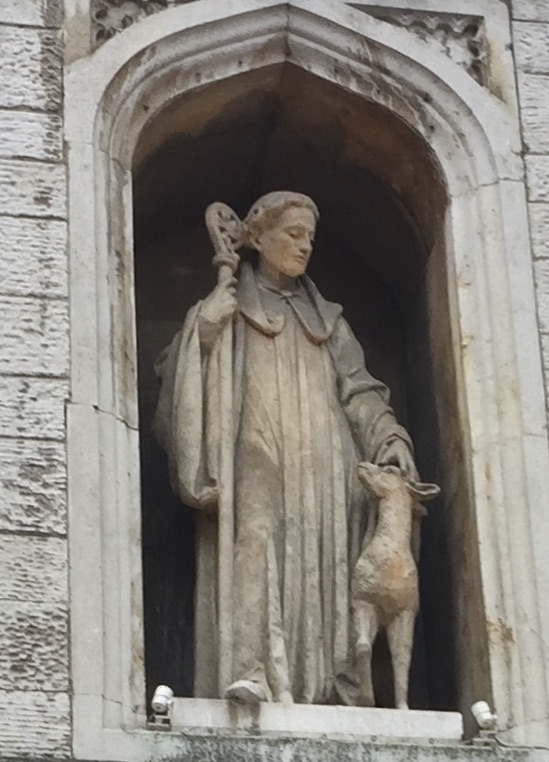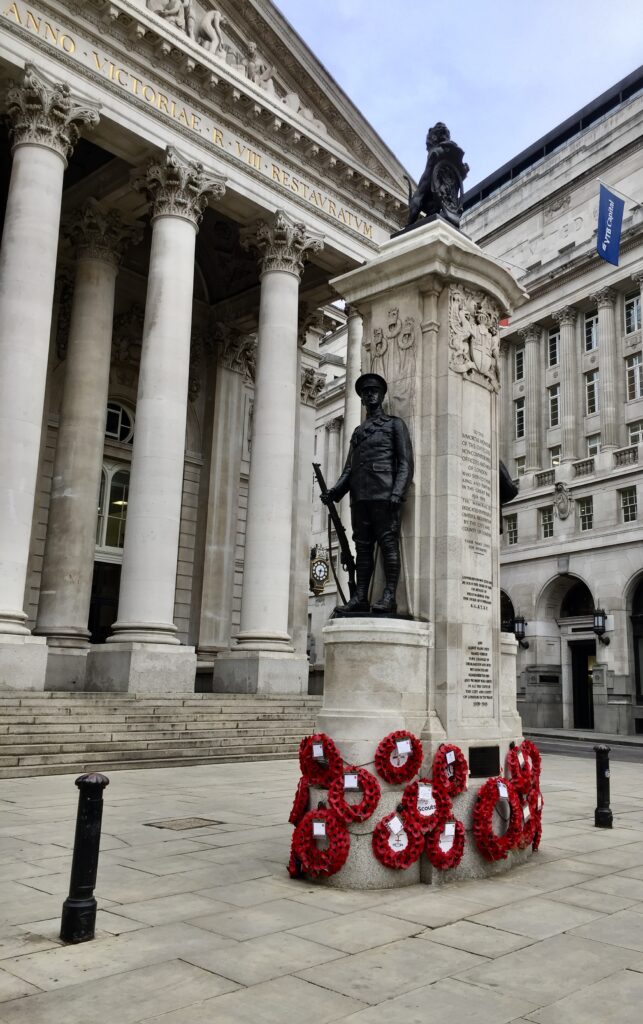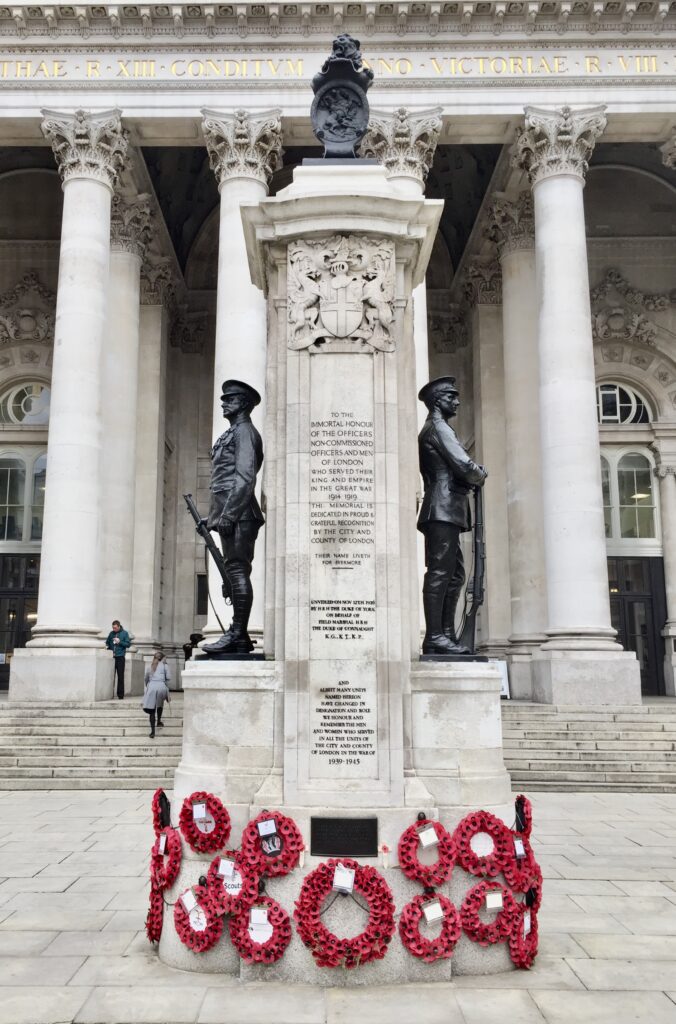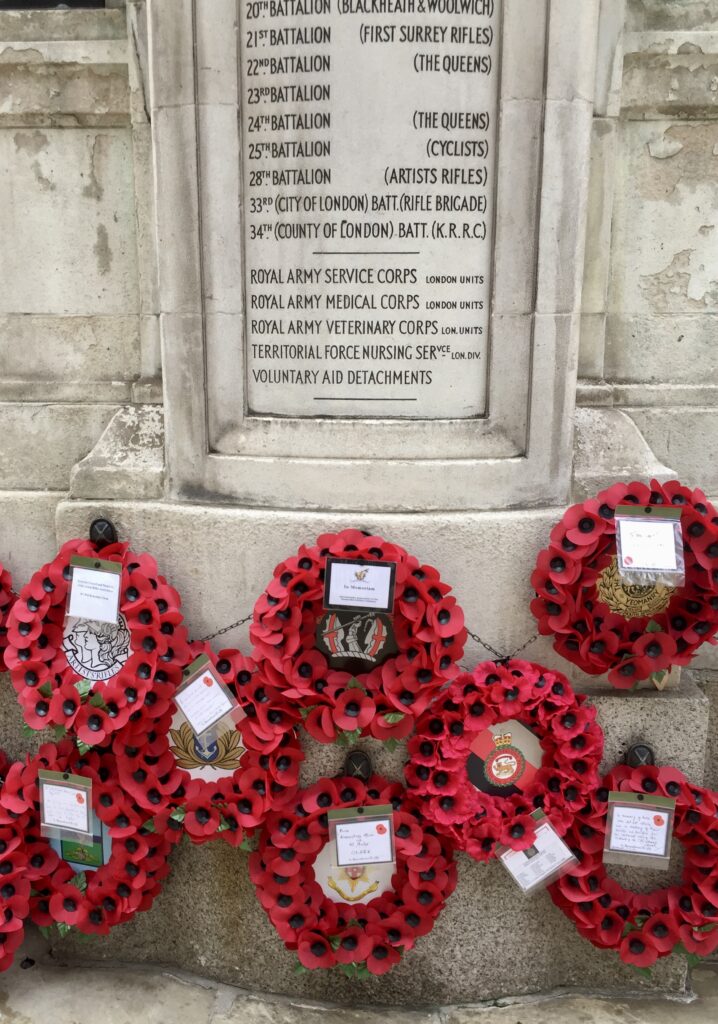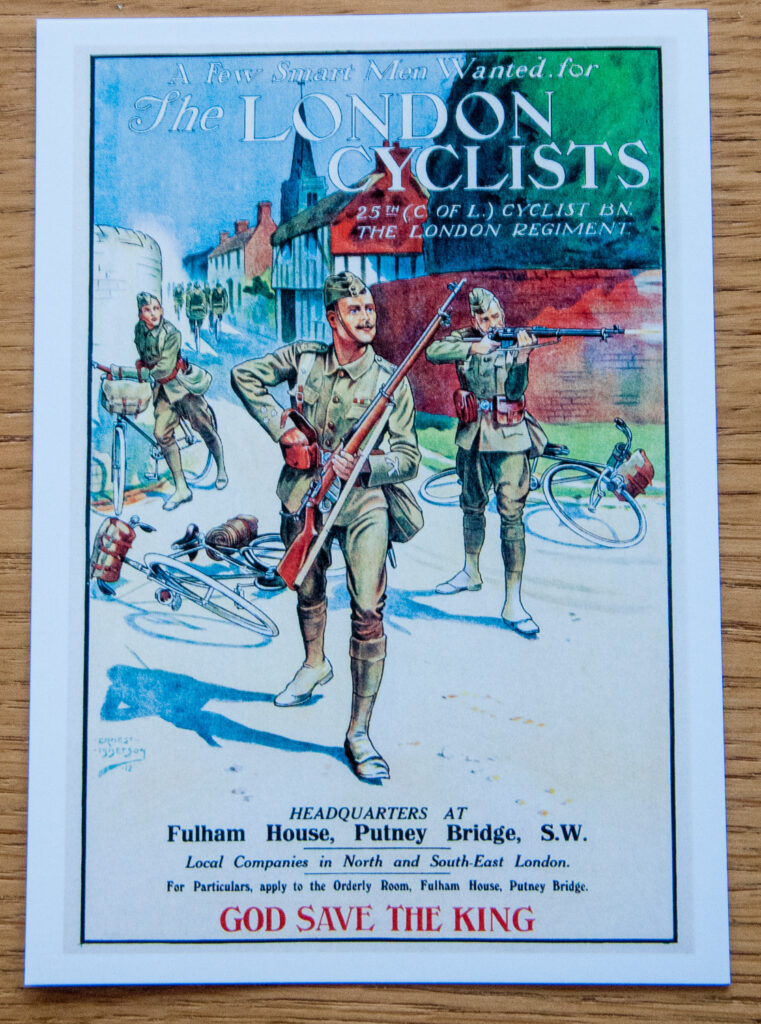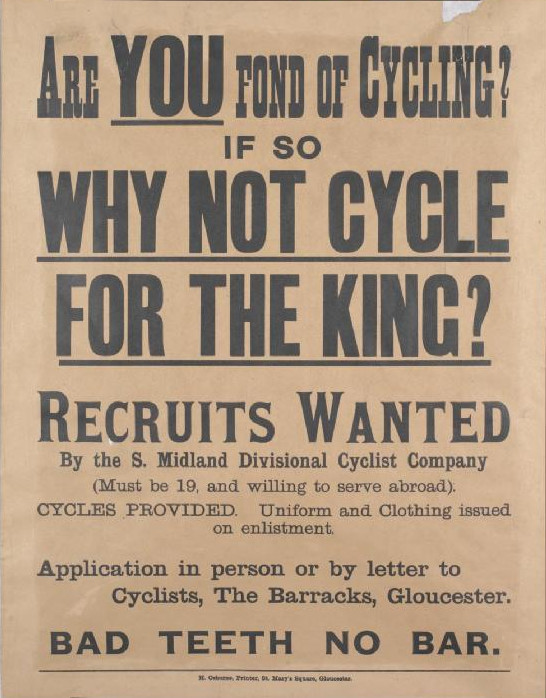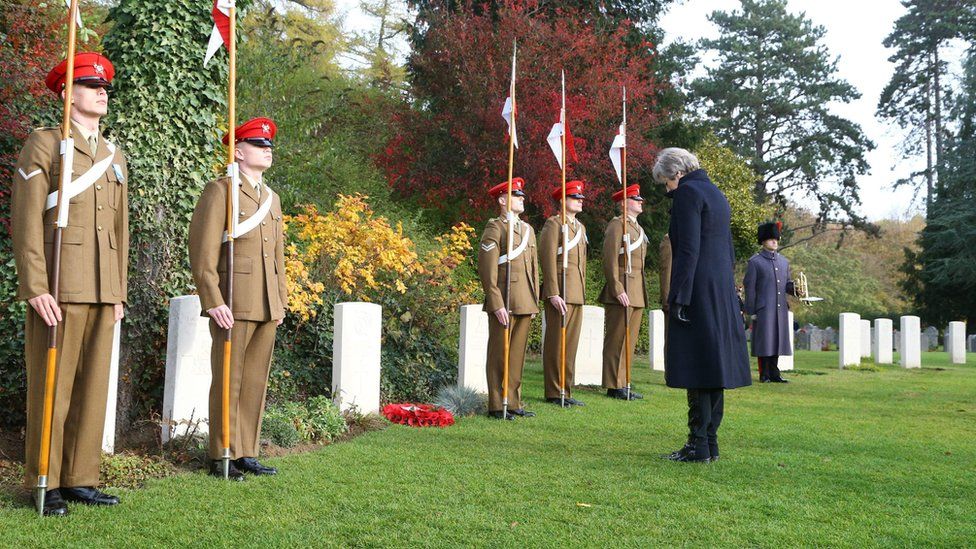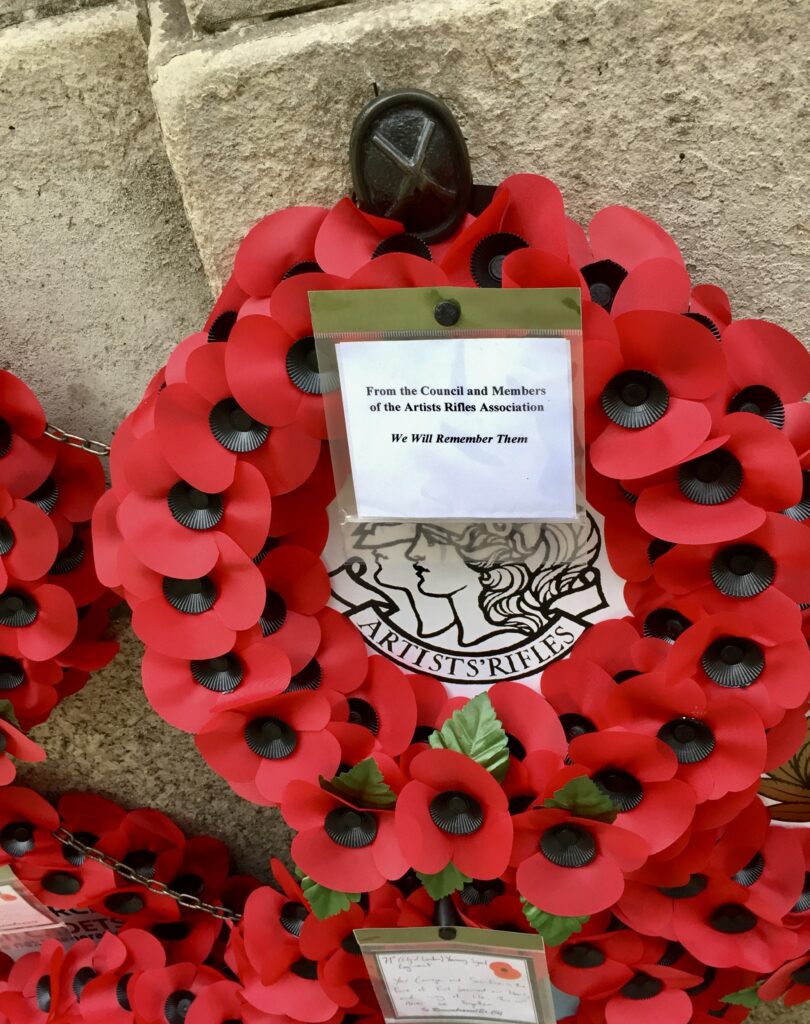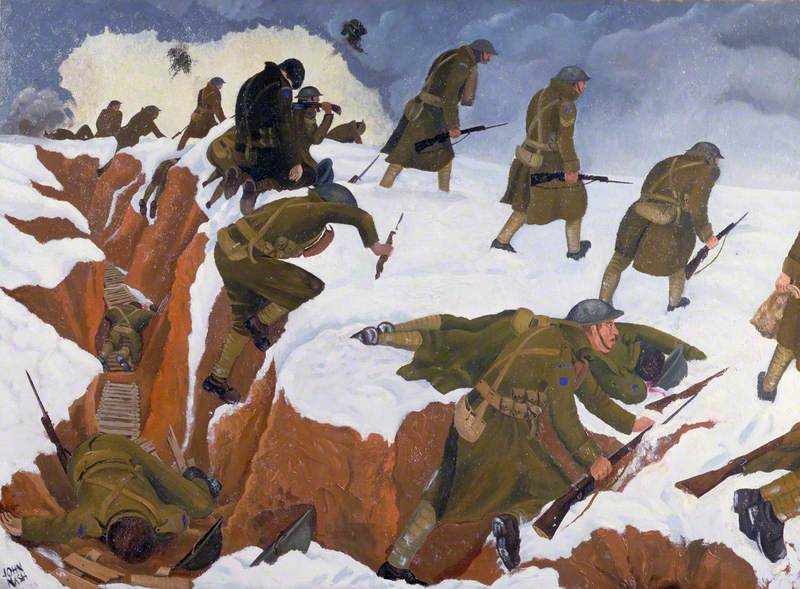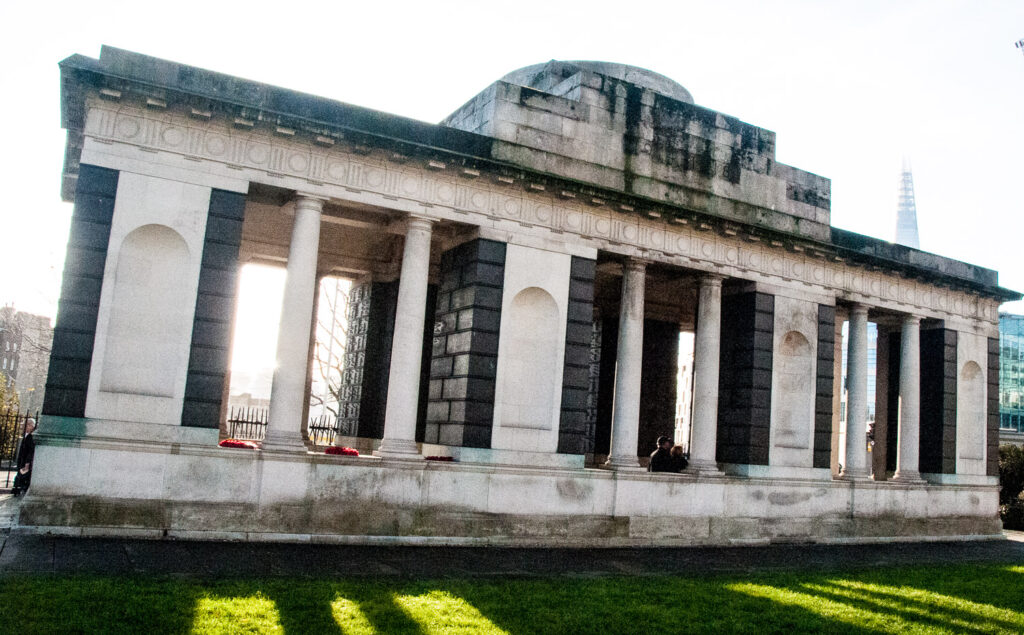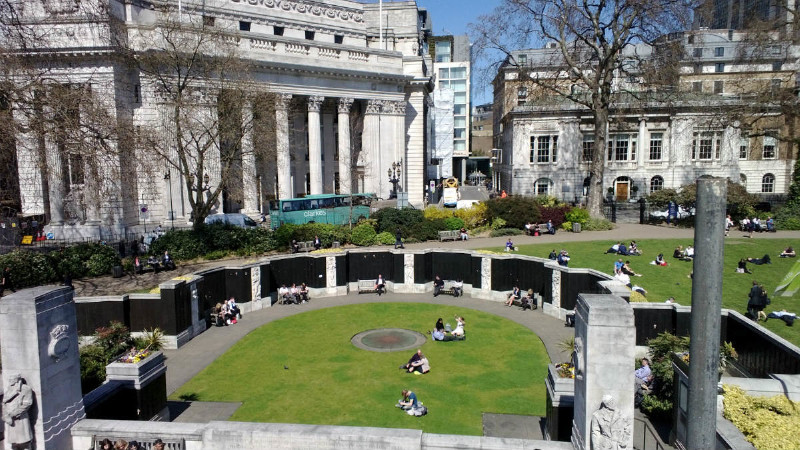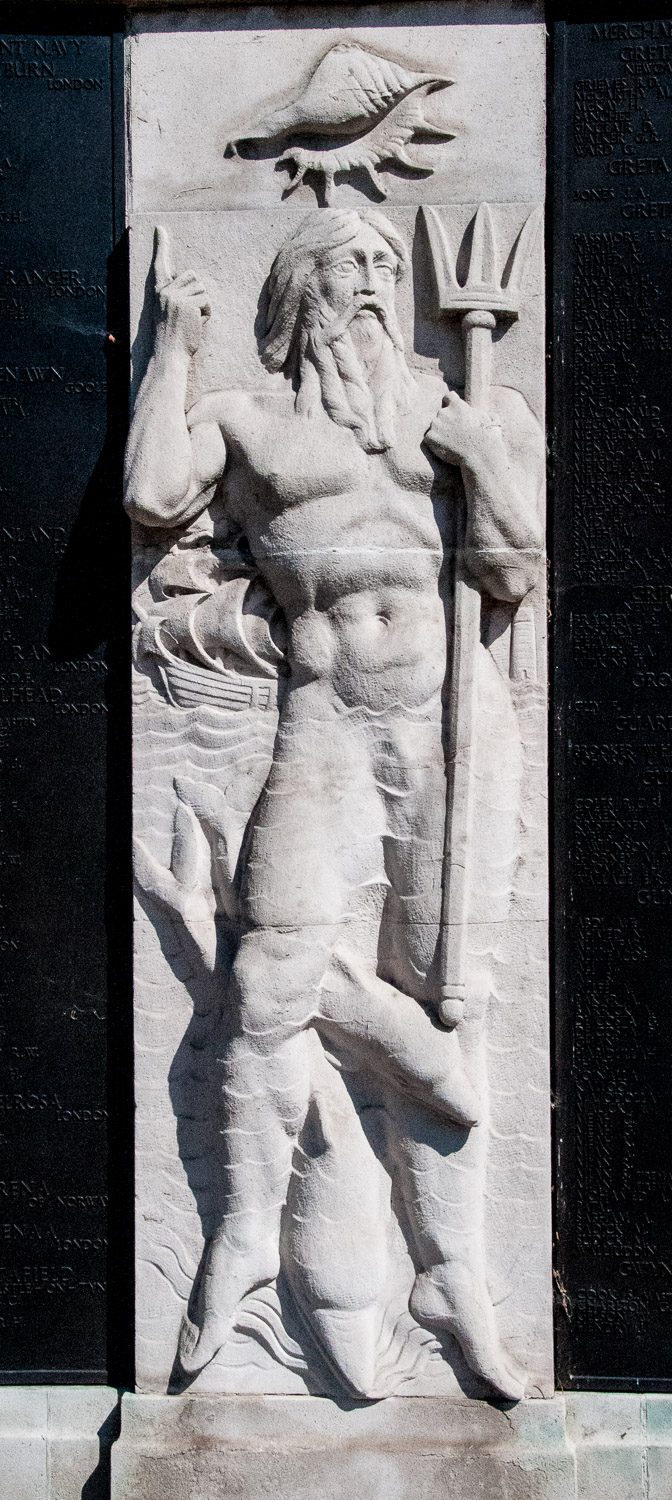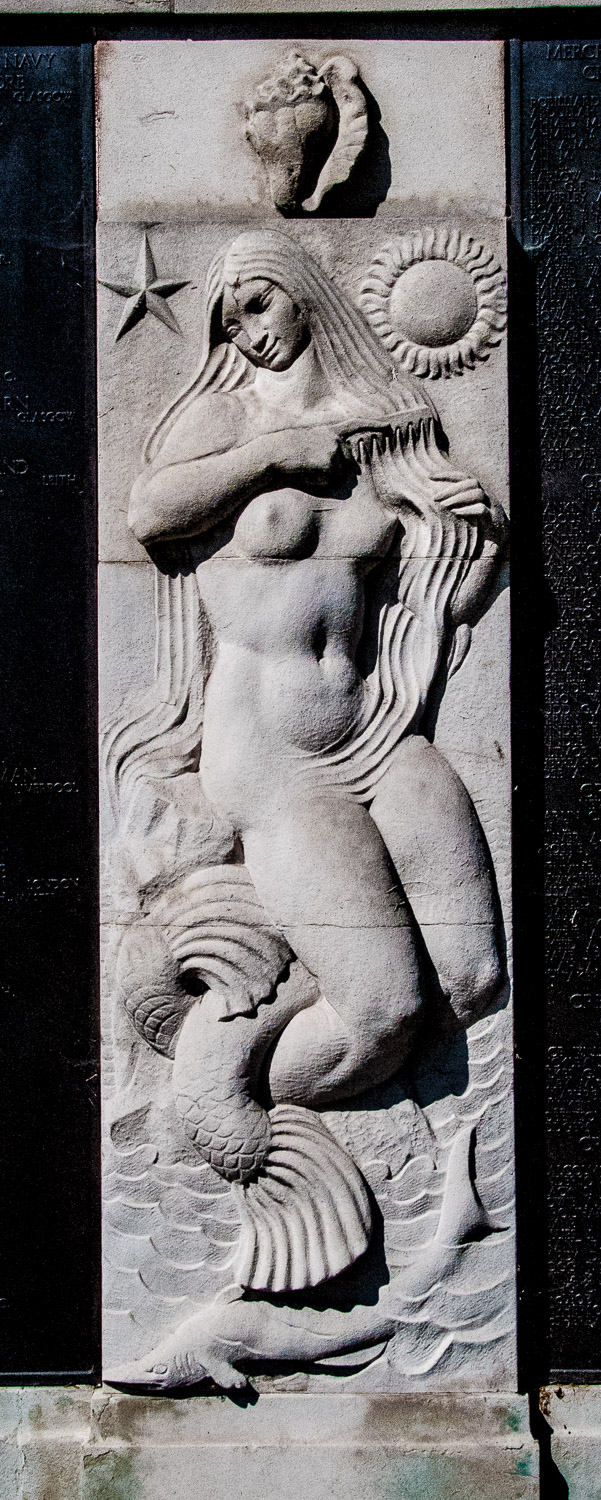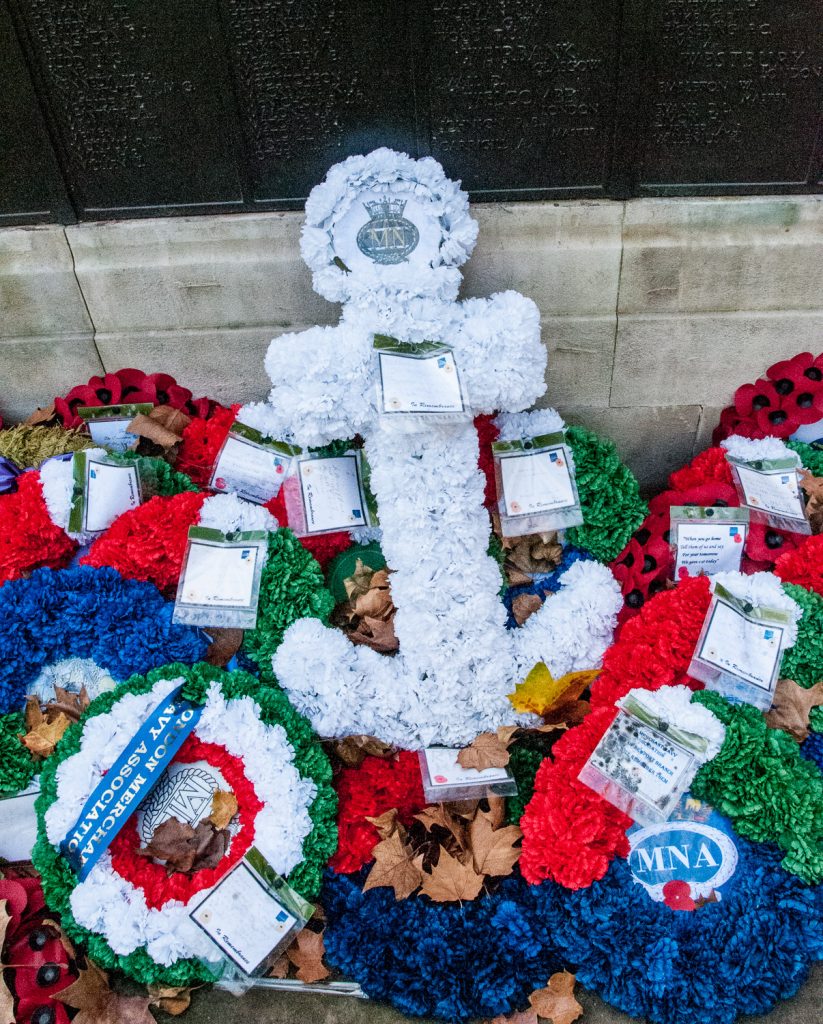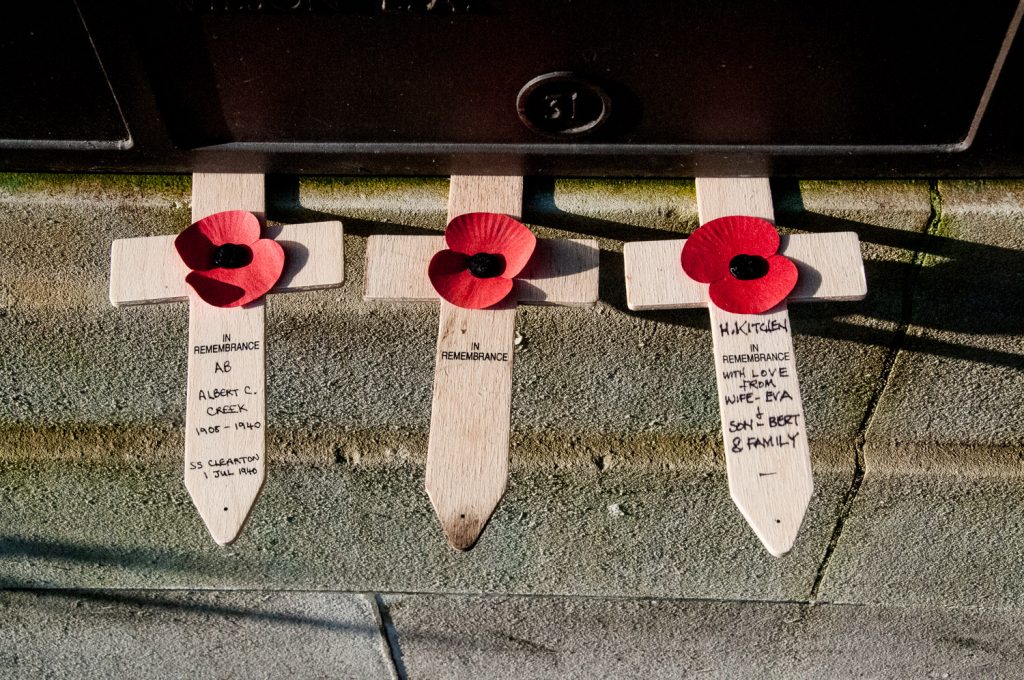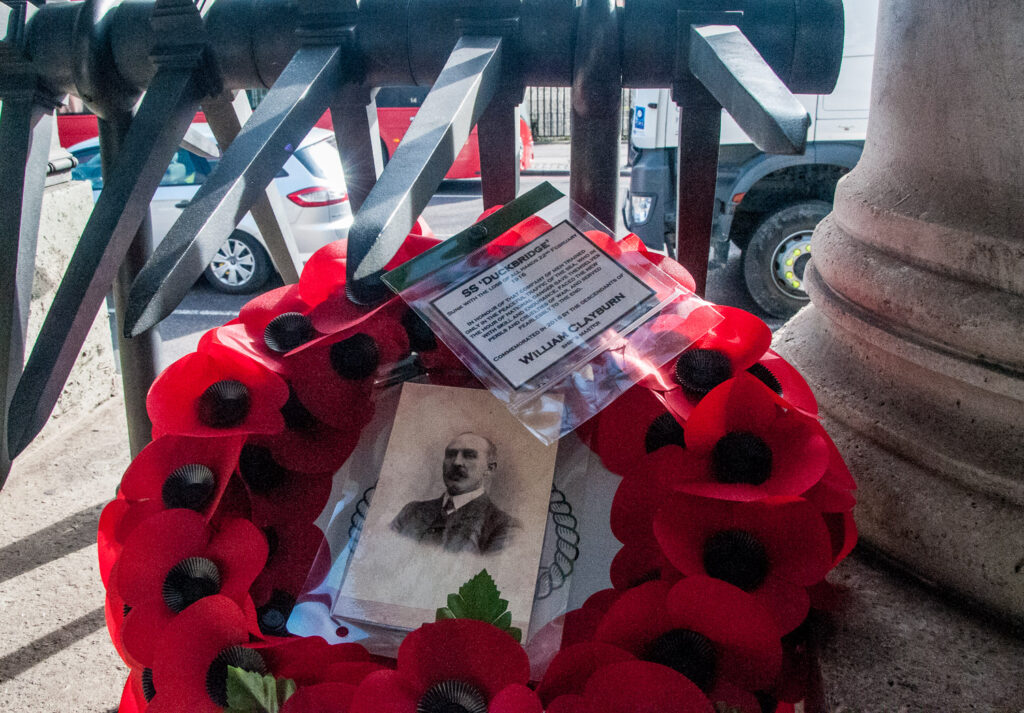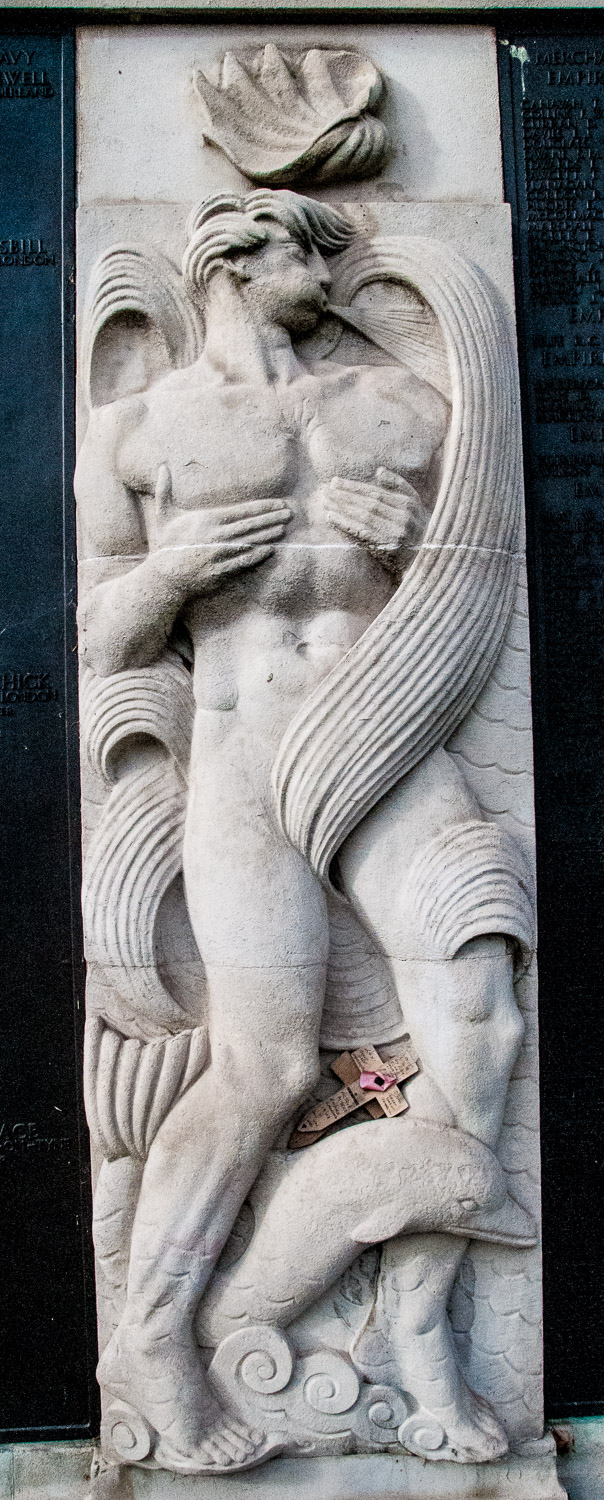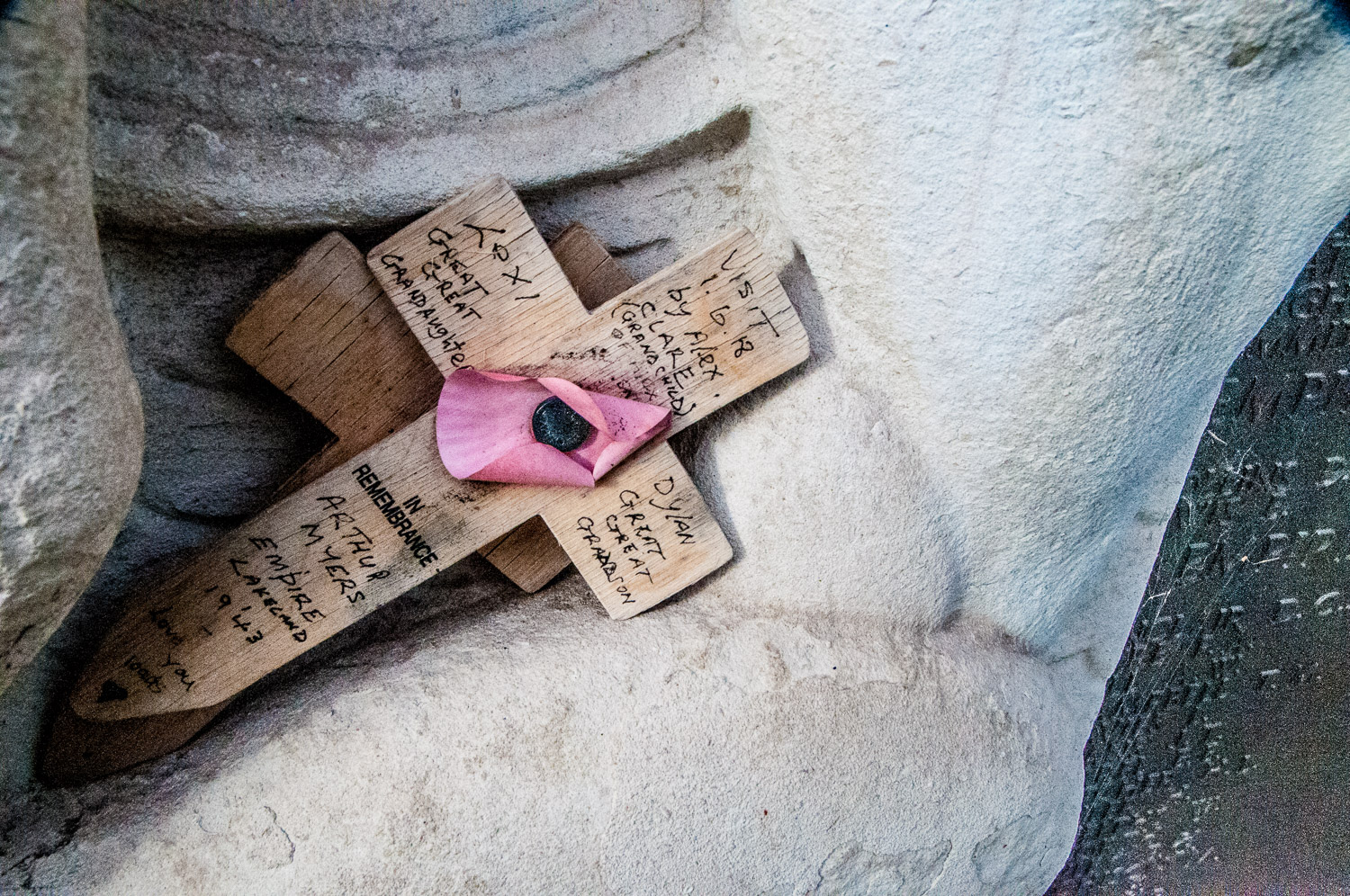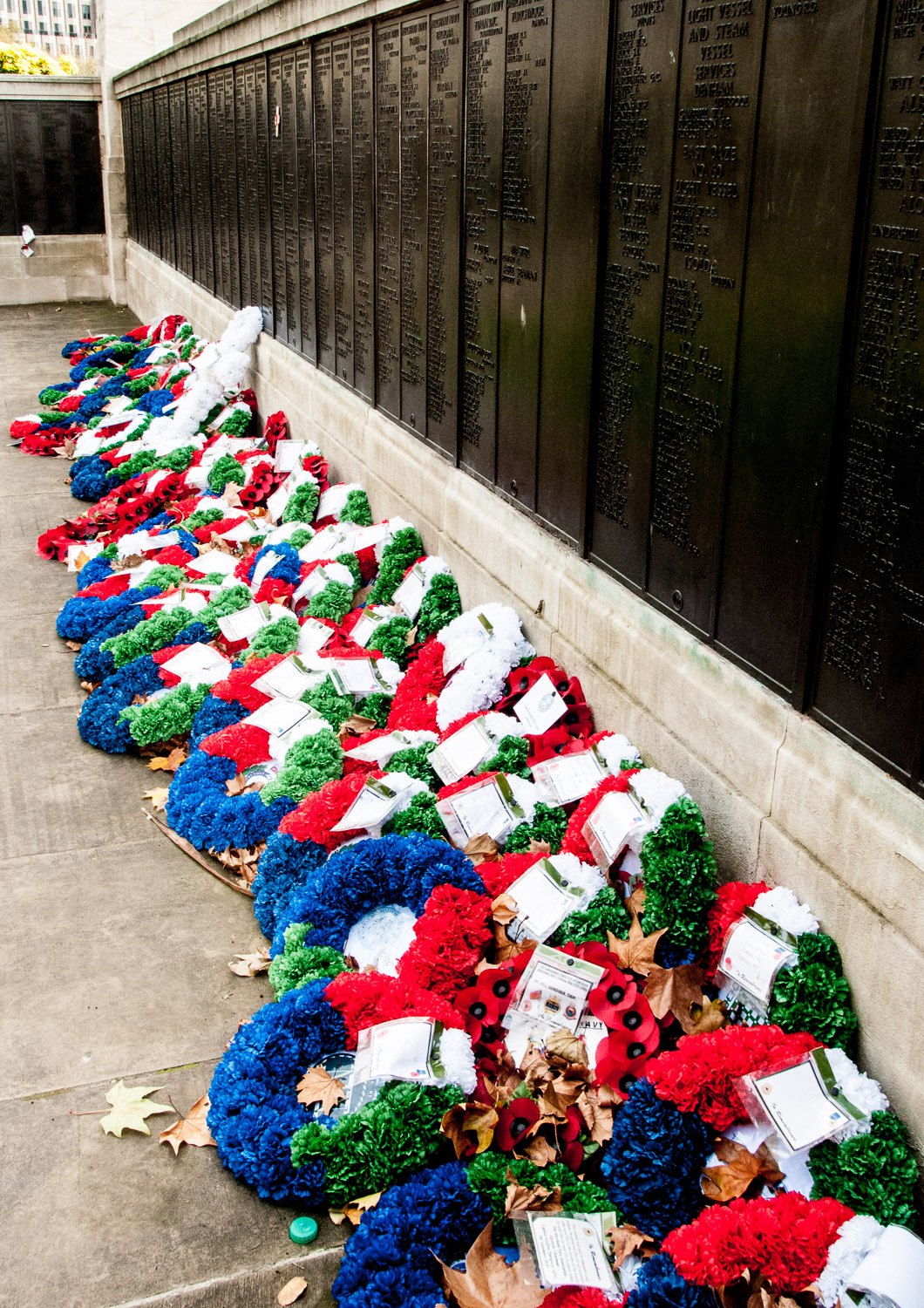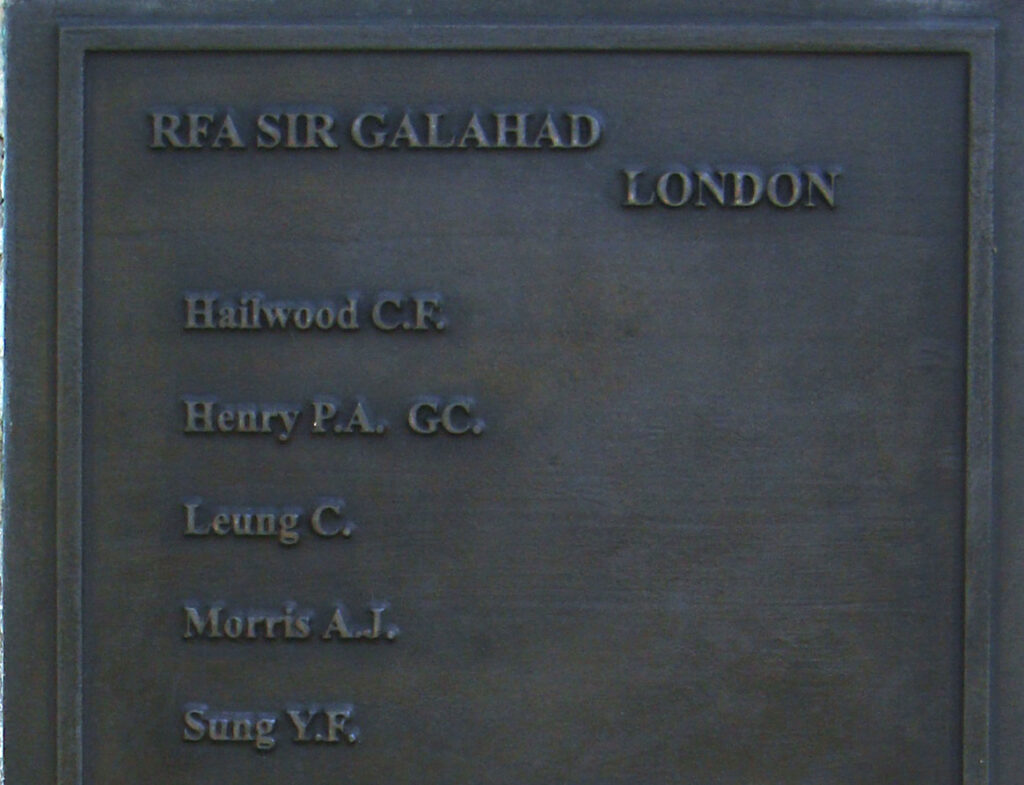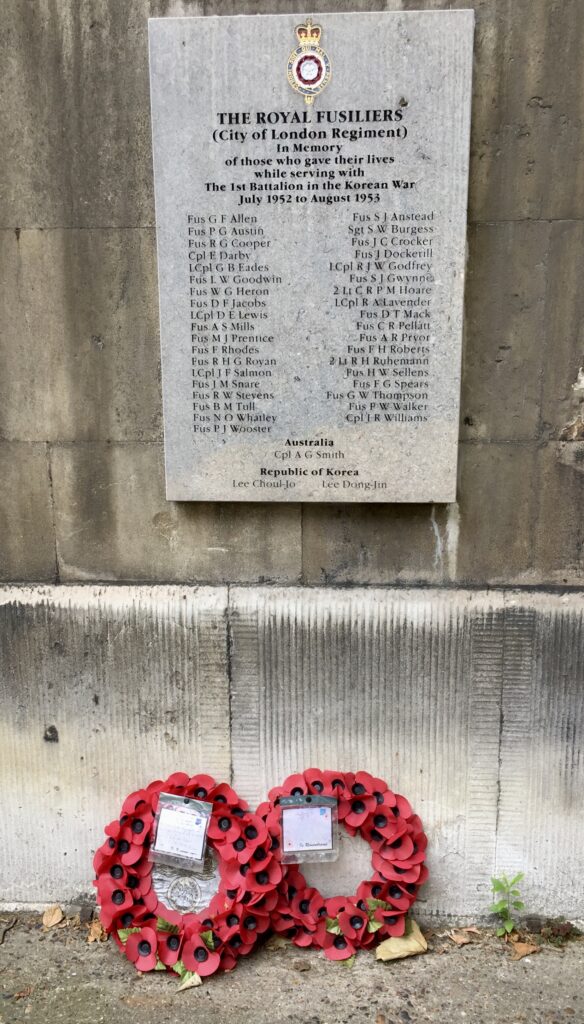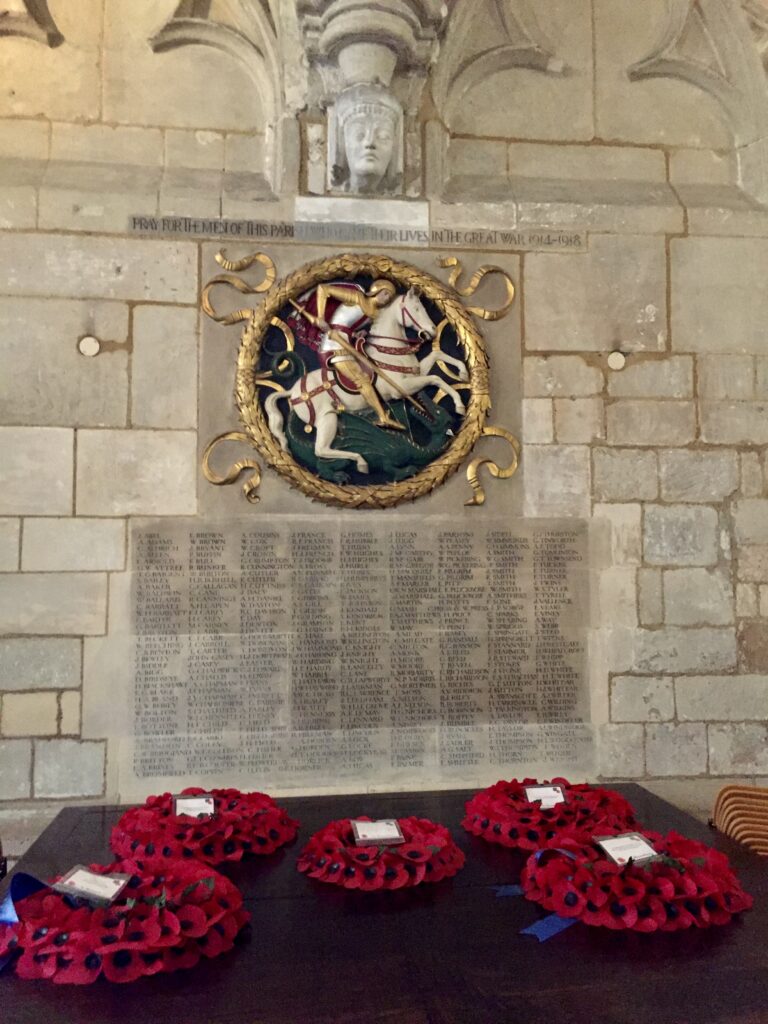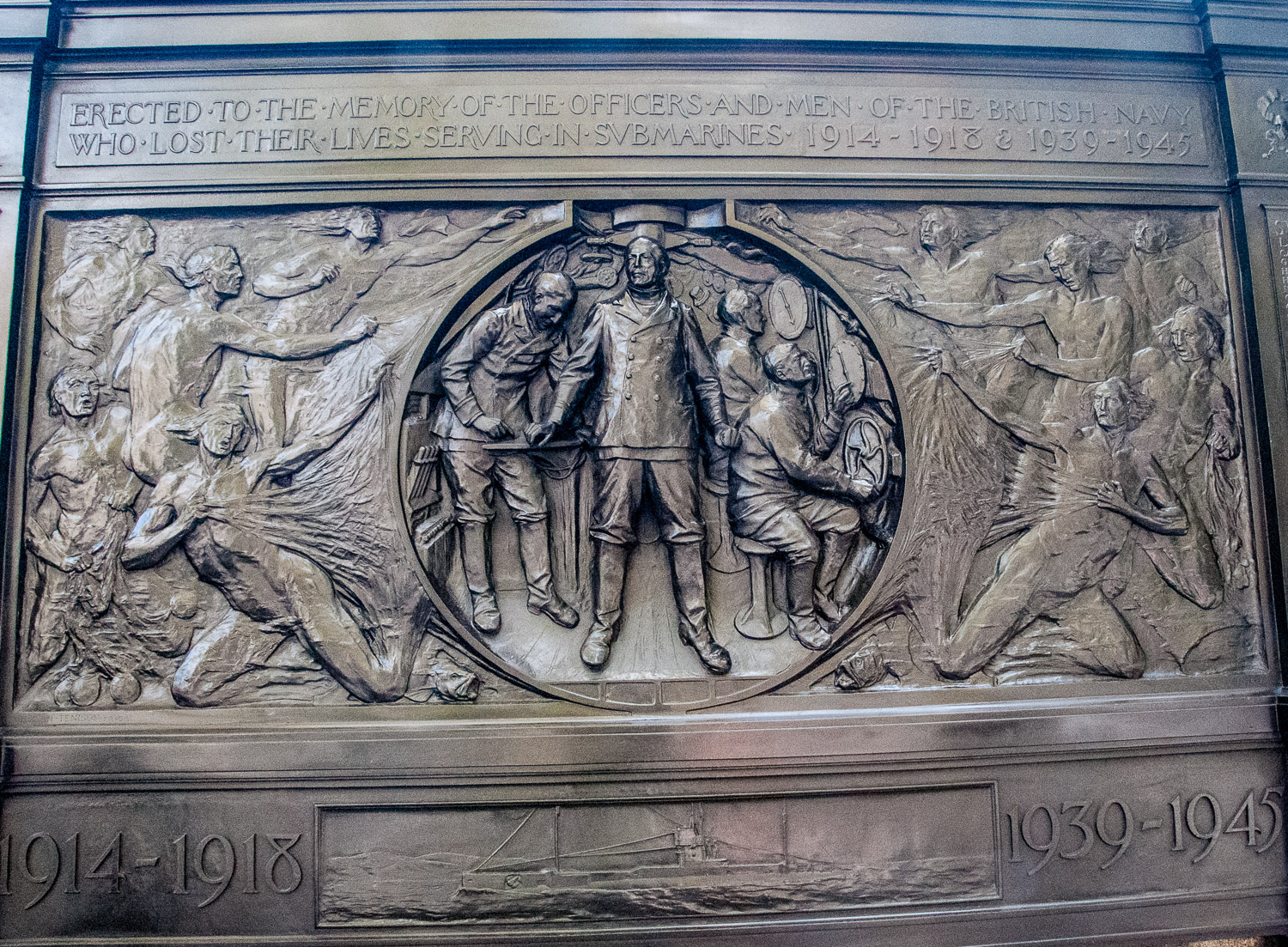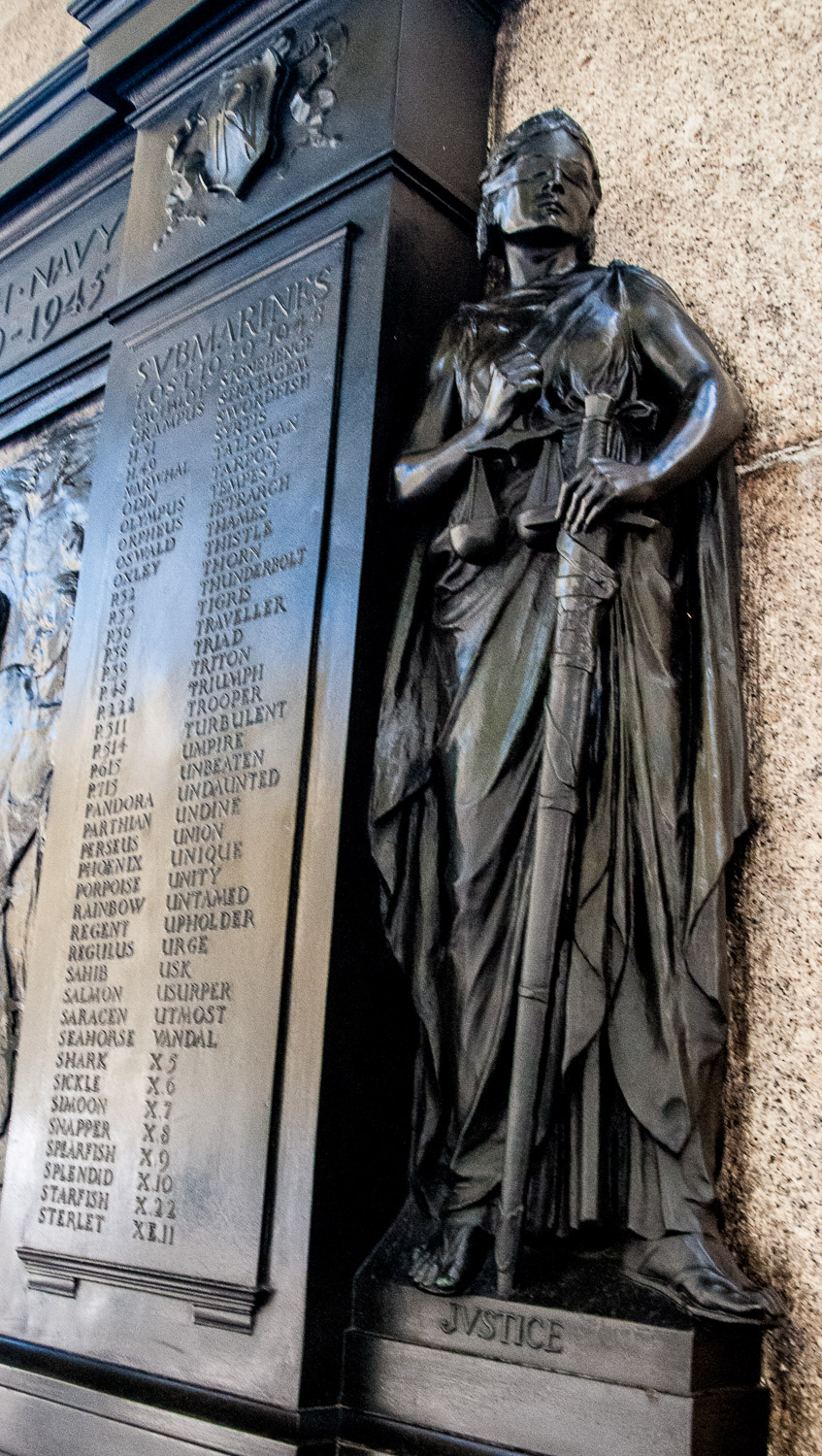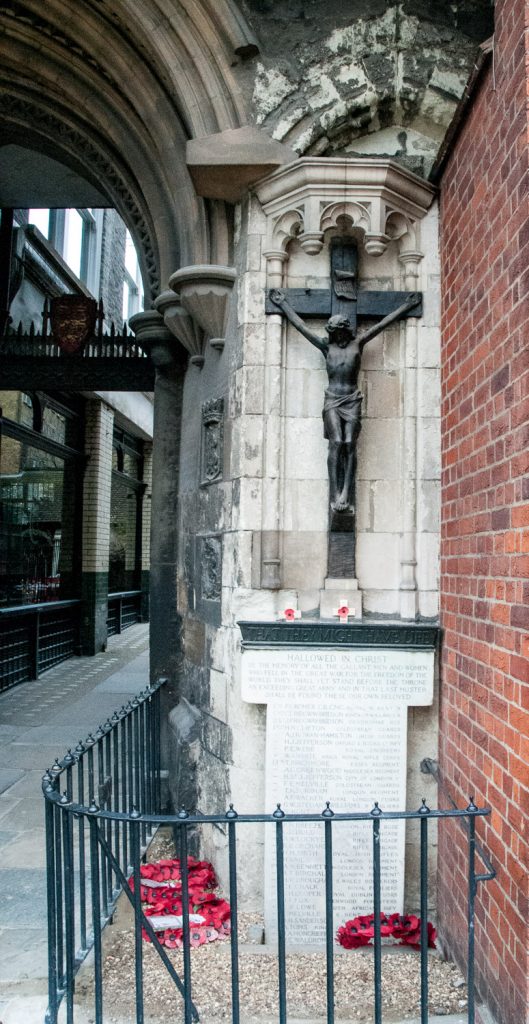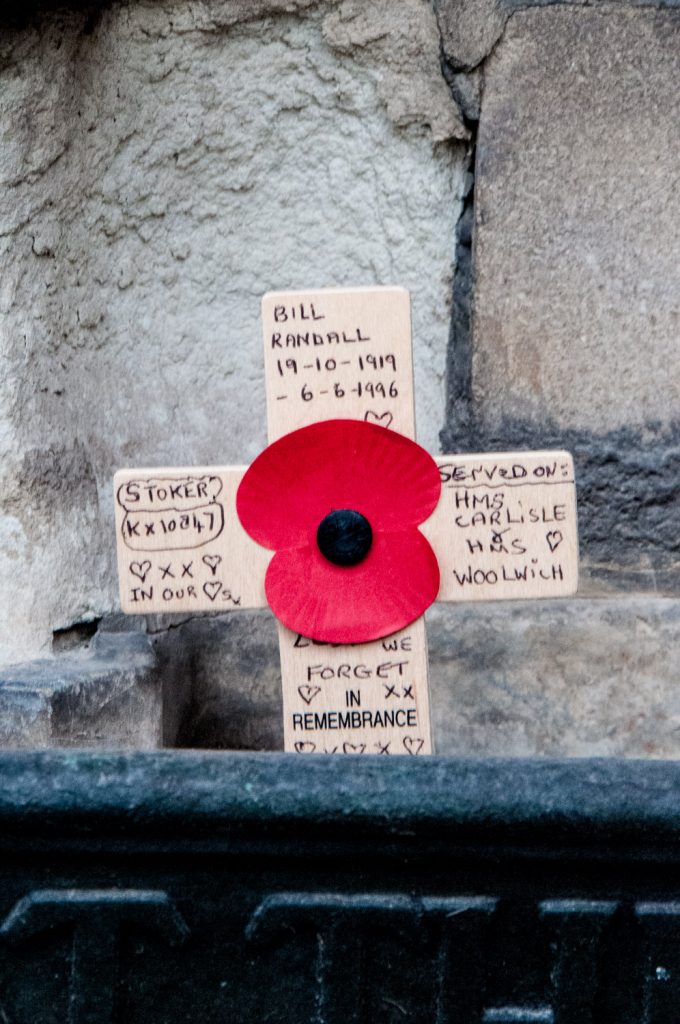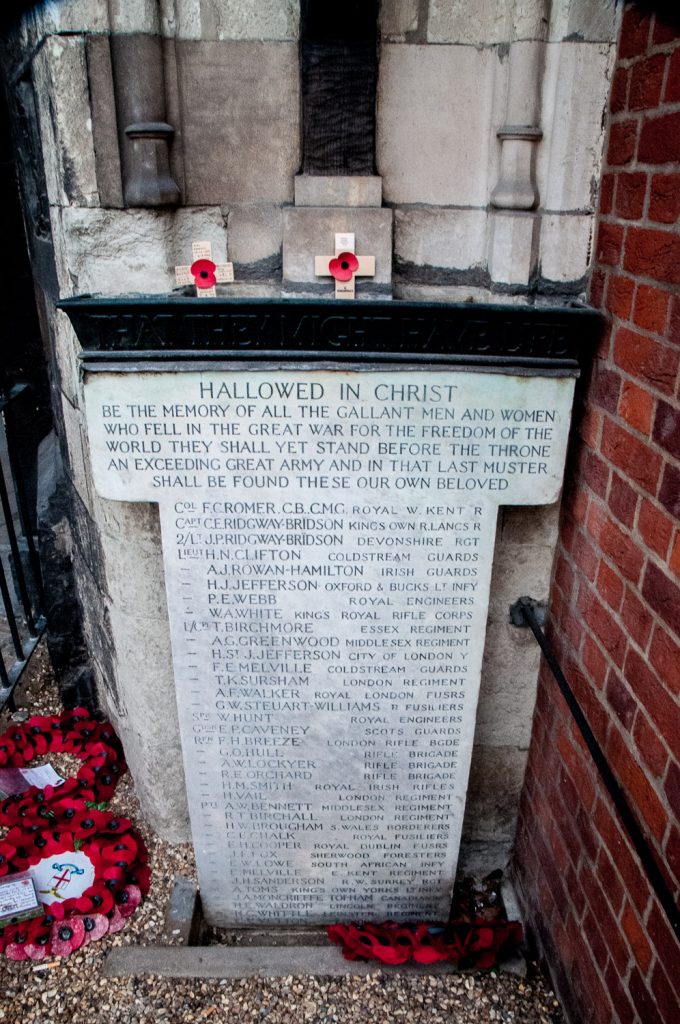A few years ago I became intrigued by a particular pub name – the Bishops Finger …
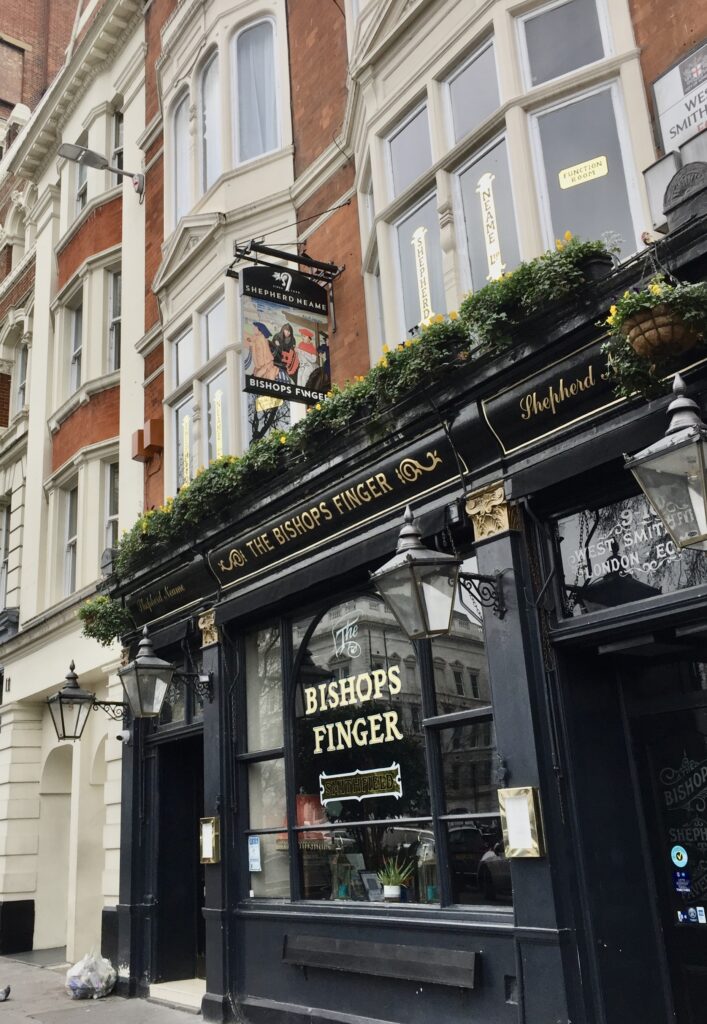
For a while, this was the signage …

But, after a bit of research, I realised that this wasn’t a very good representation of what people used to call ‘a bishop’s finger’.
It actually referred to the shape of the hand when giving a blessing. Here is a stained glass representation of Jesus Christ giving the gesture …

The present day sign gives the clue to its original slang meaning …
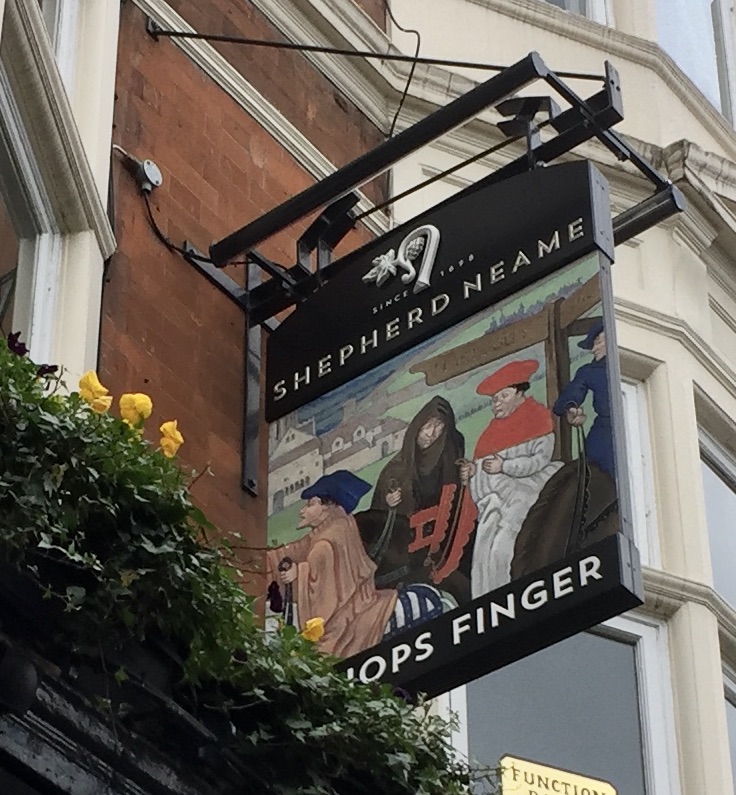
Yes, it’s a finger post indicating directions.
Not to be confused, of course, with the Vulcan Greeting …

‘Live long and prosper!’
Incidentally, the Bishops Finger name dates from 1981. The pub had been purchased by Shepherd Neame in the 1970s, and the change in name was to name the pub after one of their leading beers. The pub had originally been called the Rutland and had also been the Rutland Hotel.
For centuries Smithfield (or smooth field) was a place of execution where many suffered terribly for their beliefs, one of the most famous being William Wallace, ‘Braveheart’ in the movie of that name. Two plaques commemorate him and his execution. This one is facing the street, its railings often adorned with flowers and Scottish flags …


Translations from the Latin: I tell you the truth. Freedom is what is best. Sons, never live life like slaves. And the Gaelic: Death and Victory, an old Scottish battle cry.
The other is quite discreet and you’ll find it on the wall just inside the entrance to the churchyard of St Bartholomew the Great …
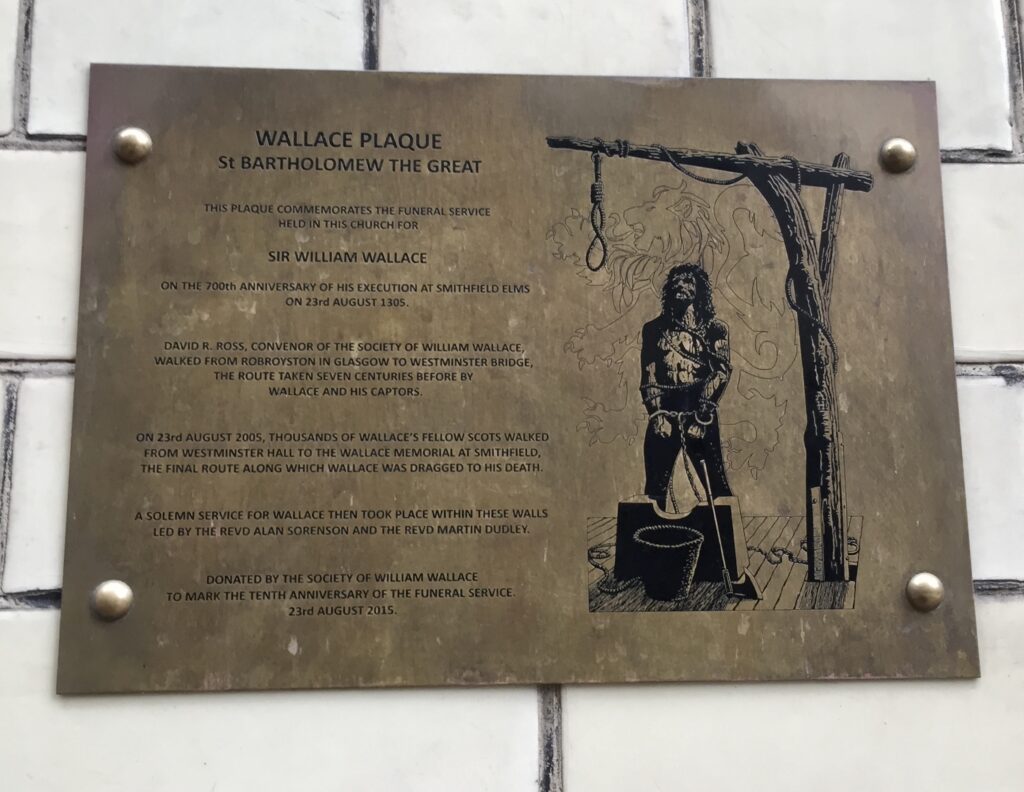
Wallace, manacled, stands upright and proud awaiting what looks like decapitation with an axe, a basket ready to catch his head when the deed is done. The noose that he glances at, however, indicates a different fate and decapitation would have been decidedly merciful. The plaque is, therefore, a little misleading.
Having been sentenced to be hanged, drawn and quartered, Wallace was first dragged naked behind a horse from the Tower of London to Smithfield, being jeered and booed by onlookers the whole way. He was hanged but cut down before dead after which the rest of the gruesome sentence was carried out. There is no record of any last words. Parts of his body were sent to Newcastle, Berwick, Perth and Stirling for public display. Wallace’s head, meanwhile, was dipped in tar and set on a spike on London bridge, ‘a grisly reminder of King Edward’s justice’.
No contemporary image of how he looked exists but we do know how Mel Gibson portrayed him …

There’s a great article in The Scotsman newspaper about Wallace and the myths surrounding him and you can read it here.
Almost adjacent to Wallace’s memorial is the one to Protestant martyrs, erected in 1870 by the Protestant Alliance London. …
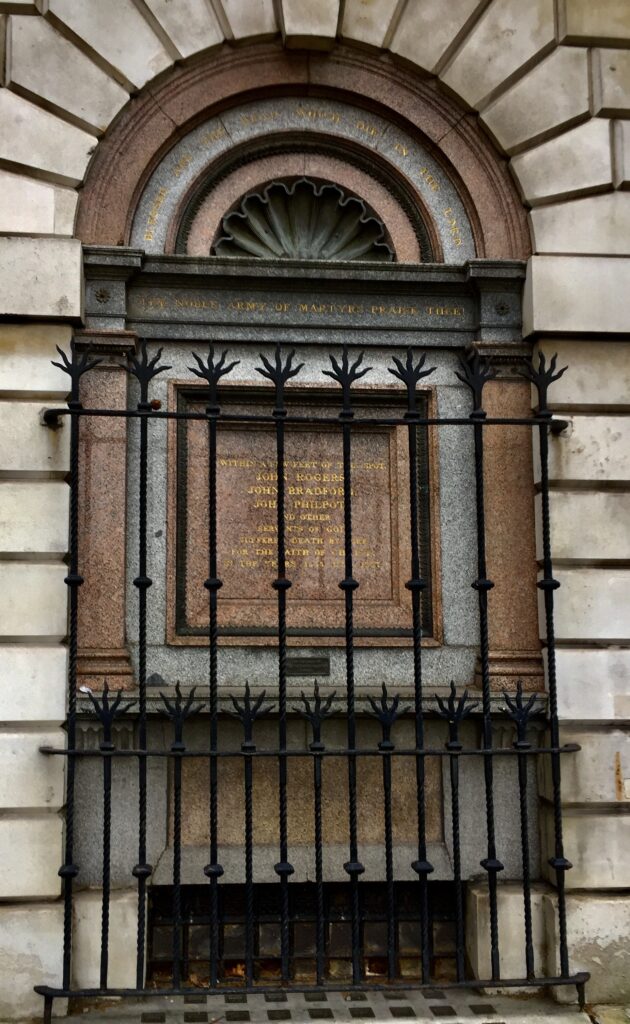
A few feet from this spot, more than 60 Protestants were burned at the stake, mainly in the reign of Queen Mary (1553-1558), hence they are known as the Marian Martyrs …

Through Mary’s short reign at least 277 persons were burnt, including five bishops, twenty one clergymen, eight gentlemen, eighty four tradesmen, one hundred husband-men and servants, fifty five women, and four children.
Nearby, the Hand and Shears Pub boasts of offering ‘Last Ales before Newgate Public Executions’. The pub’s name relates to the cloth workers who would gather here ahead of the ancient Bartholomew Fair …
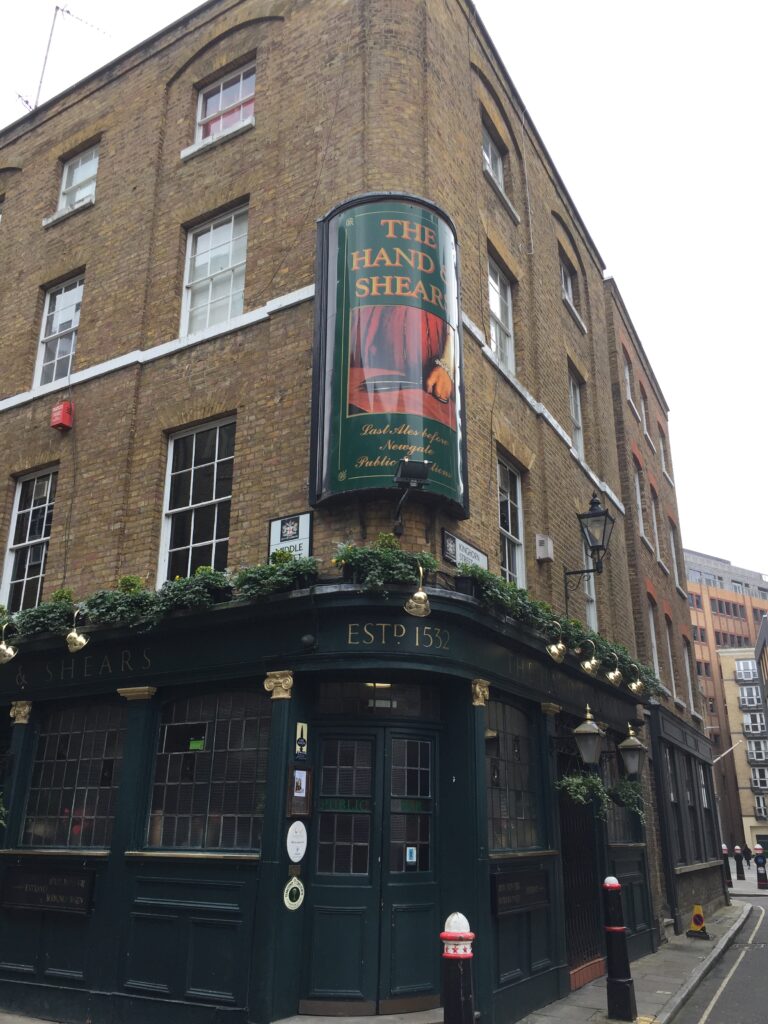
Here it is in 1952 … …

Here’s the signage in close up …

The Justices Licence refers to the Alehouse Act of 1552 which defined in law that it was illegal to sell beer or ale without the consent of the local Justices of the Peace. This was the first time that a licence was required to sell beer and ale and was an attempt to address the drunkenness and disorder that was being caused by the widespread availability of alcohol.
The Act required that each person granted a licence was responsible for maintaining good behavior at their premises and any problems could result in a fine or loss of licence. From the sign it appears that the Hand and Shears was granted a licence in 1552.
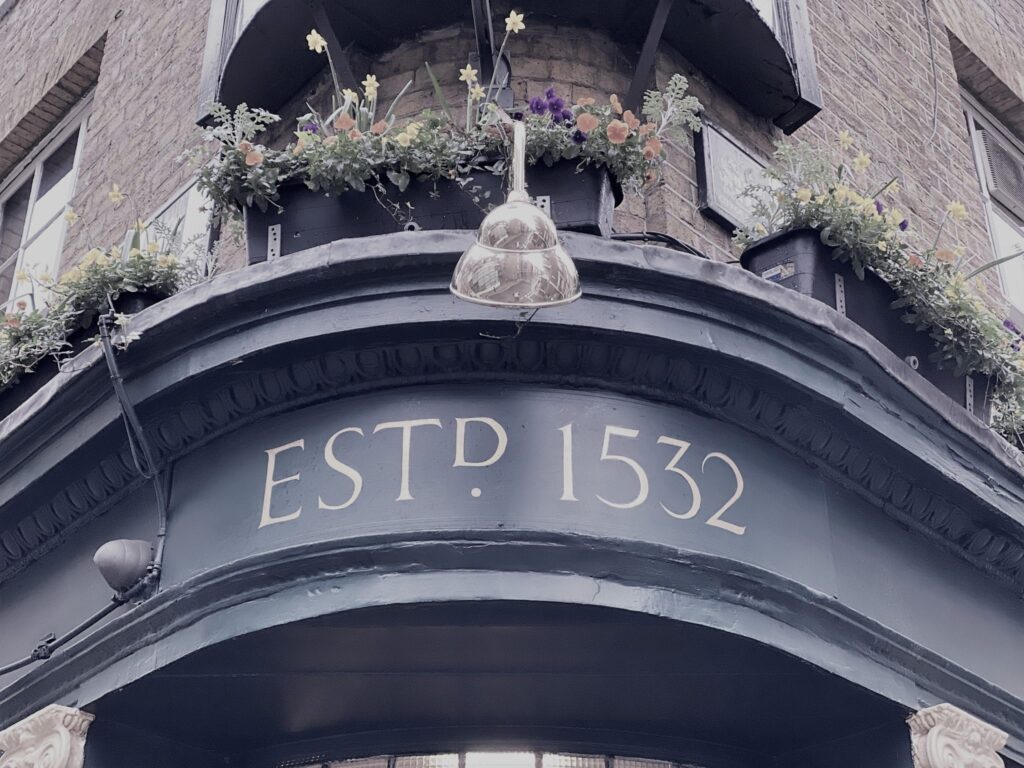
Here’s the pub in 1852, the year the present building dates from …

Its predecessor in 1811 …
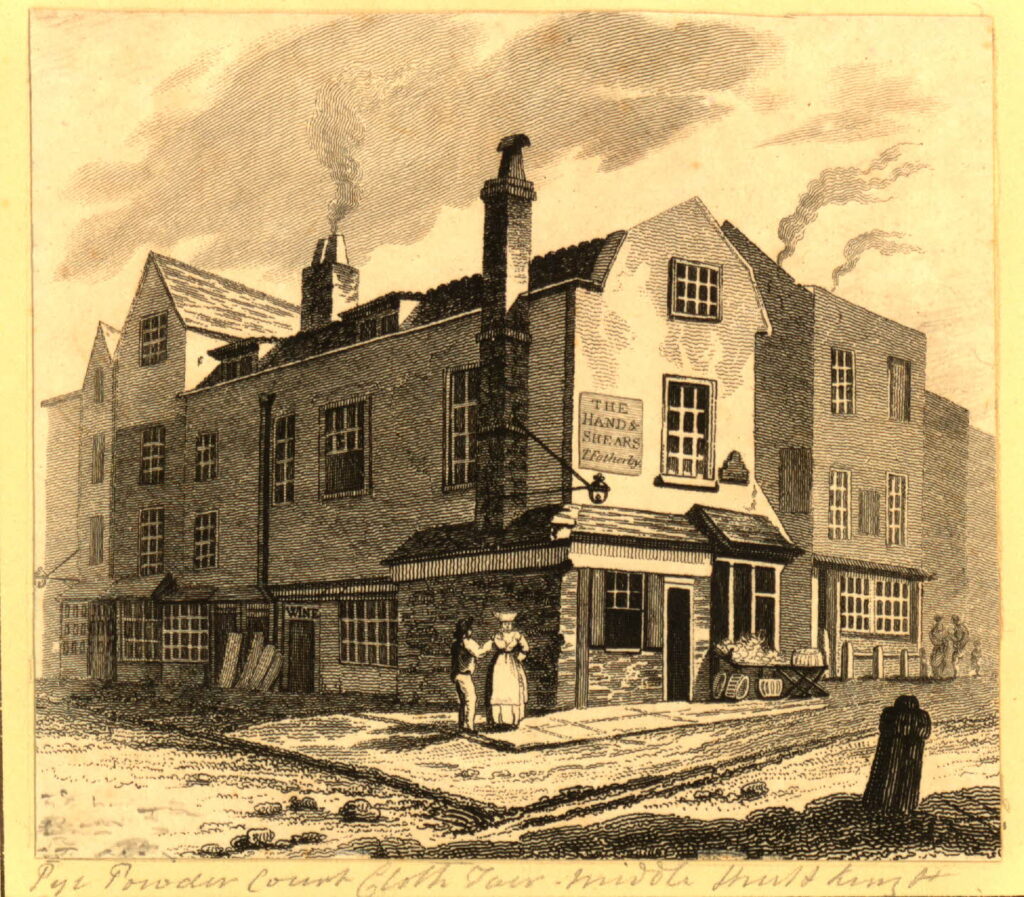
As is often the case, you’ll find more fascinating detail about the pub and its history in the brilliant London Inheritance blog.
The lovely Sir John Betjeman lived nearby at 43 Cloth Fair …
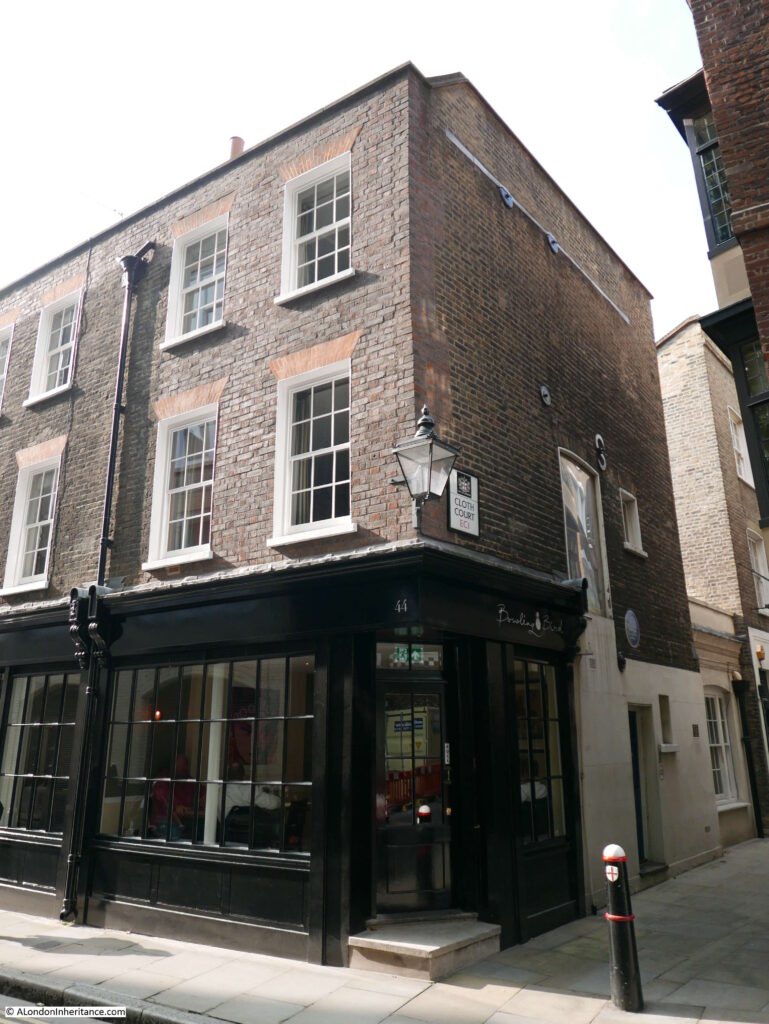
Walk into the adjacent Cloth Court and look up. Near Sir John’s blue plaque you’ll see a wonderful Trompe-l’œil painting The Sailor’s Home Coming …

When the next door neighbours bought Betjeman’s flat, intending to rent it out, they had this window bricked up to give themselves more privacy. However, they found they didn’t like staring at a wall. So they got the mural and stained glass artist Brian Thomas (some of whose work can still be seen in St Paul’s Cathedral) to create the Sailor’s Home Coming Window in order to give them something to look at …
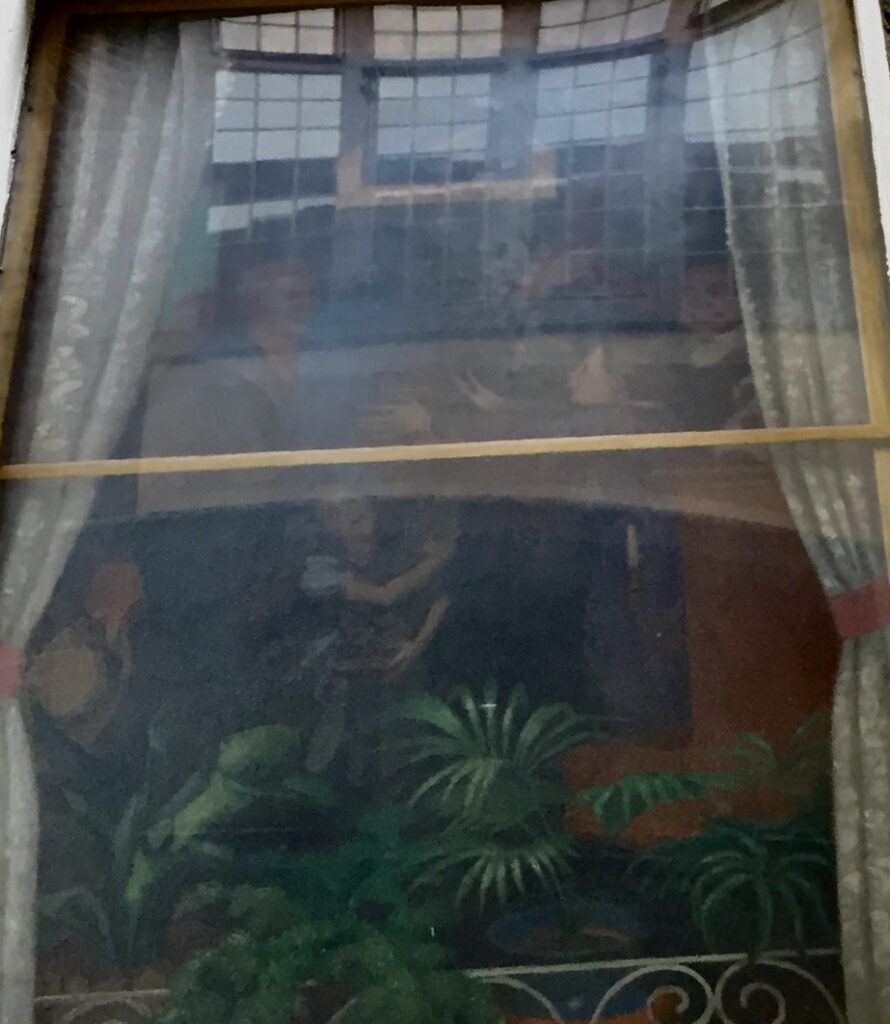
Unfortunately it’s rather difficult to see from the street but it has been described as follows : A happy re-union in which a ruddy faced sailor, freshly returned from his travels, is welcomed back into the bosom of his family. His children hug him enthusiastically, whilst an exotic songbird, perhaps a souvenir of an earlier voyage to some far flung corner of the Globe, wobbles unsteadily over the whole harmonious scene.
Sir John’s old flat is available to rent. You can find more details here.
Live long and prosper!
If you would like to follow me on Instagram here is the link …
